'Engaging the Senses. Arts of the Islamic World' at the National Museum of Asian Art, Smithsonian
Detail, Bowl, F1957.24. © 2022 Smithsonian Institution
As our experiences become increasingly mediated by digital technologies, direct sensory perception and appreciation of the world have become all the more important. The sound of a voice, the glimpse of a painting, the taste of food, the touch of fabric, the scent of a flower—all stimulate the senses. According to classical and Arab philosophy, the five outer senses—sound, sight, taste, touch, and smell—are directly connected to the inner senses that define us as human beings: understanding, imagination, and memory.
Some works, such as manuscripts of the Qur’an, were made in the service of the faith and were frequently recited and viewed in public. Other creations were intended for personal enjoyment and contemplation. As artists, objects, and ideas moved across the Islamic world—a vast geographic span from Morocco and Spain to the islands of Southeast Asia—certain formal and sensory features spread across borders. Still, every region, province, and even city developed its own artistic language with rich sensory resonances, many of which are explored in these galleries
Bowl, Abbasid period, 9th century, Iraq, Samarra. Earthenware painted over glaze with luster. H x Diam: 6.7 x 22.1 cm (2 5/8 x 8 11/16 in). Purchase — Charles Lang Freer Endowment, Freer Gallery of Art, F2005.10. © 2022 Smithsonian Institution
Plate, Samanid period, 10th century, Iran or Afghanistan. Earthenware painted under glaze. H x Diam: 6 x 46.8 cm (2 3/8 x 18 7/16 in). Purchase — Charles Lang Freer Endowment, Freer Gallery of Art, F1952.11. © 2022 Smithsonian Institution
Dish, Samanid period, 10th century, Iran. Earthenware painted over glaze. H x W: 5 x 42.7 cm (1 15/16 x 16 13/16 in). Purchase — Charles Lang Freer Endowment, Freer Gallery of Art, F1954.16. © 2022 Smithsonian Institution
Jar, Abbasid period, 10th century, Iraq. Earthenware painted over glaze with luster. H x W x D: 28.2 x 23.2 x 23.2 cm (11 1/8 x 9 1/8 x 9 1/8 in). Purchase — Charles Lang Freer Endowment, Freer Gallery of Art, F1953.90. © 2022 Smithsonian Institution
Plate, Fatimid period, 12th century, Egypt. Earthenware painted over glaze with luster. H x Diam: 7.5 x 38.4 cm (2 15/16 x 15 1/8 in). Purchase — Charles Lang Freer Endowment, Freer Gallery of Art, F1941.12. © 2022 Smithsonian Institution
Bowl, Fatimid period, 12th century, Egypt. Earthenware painted over glaze with luster. H x W: 6.7 x 26.1 cm (2 5/8 x 10 1/4 in). Purchase — Charles Lang Freer Endowment, Freer Gallery of Art, F1946.30. © 2022 Smithsonian Institution
Tile, Saljuq period, late 12th century, Iran, Kashan. Stone-paste painted with enamel (mina’i). H x W: 18.3 x 1.7 cm (7 3/16 x 11/16 in). Gift of Charles Lang Freer. Freer Gallery of Art, F1911.319. © 2022 Smithsonian Institution
Bowl, Ayyubid period, 12th-13th century, Syria. Stone-paste decorated under glaze with blue and over glaze with brown lustre. H x W: 10.5 x 28 cm (4 1/8 x 11 in). Gift of Charles Lang Freer. Freer Gallery of Art, F1908.148. © 2022 Smithsonian Institution
Jar, late 12th-early 13th century, Syria, Raqqa. Stone-paste painted in black under turquoise glaze. H x W: 31.1 x 21.6 cm (12 1/4 x 8 1/2 in). Gift of Charles Lang Freer. Freer Gallery of Art, F1908.136. © 2022 Smithsonian Institution
Bowl, late 12th-early 13th century, Syria, Raqqa. Stone-paste painted under glaze. H x W: 7.6 x 26.6 cm (3 x 10 1/2 in). Purchase — Charles Lang Freer Endowment, Freer Gallery of Art, F1947.8. © 2022 Smithsonian Institution
Bowl, Saljuq period, Late 12th-early 13th, Iran. Stone-paste body painted over glaze with enamel (mina’i). H x Diam: 8.8 x 23 cm (3 7/16 x 9 1/16 in). Purchase — Charles Lang Freer Endowment. Freer Gallery of Art, F1938.12. © 2022 Smithsonian Institution
Plate, Saljuq period, December 1210 (Jumadi II 607 A.H.), Iran, Kashan. Stone-paste painted over glaze with luster. H x W x D: 3.7 x 35.2 x 35.2 cm (1 7/16 x 13 7/8 x 13 7/8 in). Purchase — Charles Lang Freer Endowment, Freer Gallery of Art, F1941.11. © 2022 Smithsonian Institution
Bowl, Saljuq period, early 13th century, Iran, Kashan. Stone-paste painted over glaze with enamel (mina’i). H x W x D: 11.1 x 47.8 x 47.8 cm (4 3/8 x 18 13/16 x 18 13/16 in). Purchase — Charles Lang Freer Endowment, Freer Gallery of Art, F1943.3. © 2022 Smithsonian Institution
Bowl, Saljuq period, 13th century, Iran. Stone-paste painted under glaze. H x W: 10.8 x 20.3 cm (4 1/4 x 8 in). Purchase — Charles Lang Freer Endowment, Freer Gallery of Art, F1967.24. © 2022 Smithsonian Institution
Bowl, Saljuq period, 13th century, Iran. Stone-paste painted under glaze. H x W: 10.5 x 20 cm (4 1/8 x 7 7/8 in). Purchase — Charles Lang Freer Endowment, Freer Gallery of Art, F1967.25. © 2022 Smithsonian Institution
Plate, Ottoman period, early 16th century, Turkey, Iznik. Stone-paste painted under transparent glaze. H x Diam: 8.1 x 39.5 cm (3 3/16 x 15 9/16 in). Purchase — Charles Lang Freer Endowment, Freer Gallery of Art, F1970.2. © 2022 Smithsonian Institution
Plate, Ottoman period, 1525-35, Turkey, Iznik. Stone-paste body painted under glaze. H x W x D: 8.2 x 39.2 x 39.2 cm (3 1/4 x 15 7/16 x 15 7/16 in). Purchase — Charles Lang Freer Endowment, Freer Gallery of Art, F1977.20. © 2022 Smithsonian Institution
Cushion cover, Ottoman period, ca. 1600, Turkey. Compound satin and velvet. H x W: 175 x 128.5 cm (68 7/8 x 50 9/16 in). Purchase — Charles Lang Freer Endowment, Freer Gallery of Art, F1998.306. © 2022 Smithsonian Institution
Beaker, Mamluk period, late 13th century, Syria. Glass. H x Diam: 30 × 18 cm (11 13/16 × 7 1/16 in). Purchase — Charles Lang Freer Endowment, Freer Gallery of Art, F1948.14. © 2022 Smithsonian Institution.
Footed bowl with cover, Mamluk period, early 14th century, Syria. Glass with gilded and enamelled decoration. H x W x D: 31.1 x 21 x 21 cm (12 1/4 x 8 1/4 x 8 1/4 in). Purchase — Charles Lang Freer Endowment, Freer Gallery of Art, F1958.16a-b. © 2022 Smithsonian Institution.
Bowl, Mamluk period, 1350s-1400s, Syria. Gilded and enameled glass. H x W: 21 x 35 cm (8 1/4 x 13 3/4 in). Purchase — Charles Lang Freer Endowment, Freer Gallery of Art, F1933.13. © 2022 Smithsonian Institution
Mosque lamp, Mamluk period, ca. 1360, Egypt. Glass, enameled and gilded. H x W: 33.6 x 30.5 cm (13 1/4 x 12 in). Purchase — Charles Lang Freer Endowment, Freer Gallery of Art, F1957.19. © 2022 Smithsonian Institution.
Folio from Kitab fi ma`arifat al-hiyal al-handisaya (The book of knowledge of ingenious mechanical devices) Automata by al-Jazari (d. 1206); recto: A candle clock; verso: text; Mamluk period, 1315 (715 A.H.), probably Syria. Ink, opaque watercolor and gold on paper. H x W: 30.8 x 21.9 cm (12 1/8 x 8 5/8 in). Purchase — Charles Lang Freer Endowment, Freer Gallery of Art, F1930.71. © 2022 Smithsonian Institution.
Folio from an Automata by al-Jazari (d.1206); recto: illustration: Container for dispensing wine; verso: text; Mamluk Period, December 1315 (Ramadan 715 A.H.), Probably Syria. Ink, opaque watercolor and gold on paper, H x W: 30.1 x 21.9 cm (11 7/8 x 8 5/8 in). Purchase — Charles Lang Freer Endowment, Freer Gallery of Art, F1930.72. © 2022 Smithsonian Institution.
Folio from Kitab fi ma`arifat al-hiyal al-handisaya (The book of knowledge of ingenious mechanical devices) Automata by al-Jazari (d.1206); recto: A hand-washing device in the form of a woman holding a pitcher; verso: text; Mamluk period, 1315 (715 A.H.), probably Syria. Ink, opaque watercolor and gold on paper. H x W: 31.1 x 21.6 cm (12 1/4 x 8 1/2 in). Purchase — Charles Lang Freer Endowment, Freer Gallery of Art, F1930.75. © 2022 Smithsonian Institution.
Folio from Kitab fi ma`arifat al-hiyal al-handisaya (The book of knowledge of ingenious mechanical devices) Automata by al-Jazari (d.1206); recto: illustration: The basin of the two scribes; verso: text; Mamluk period, December 1315 (Ramadan 715 A.H.), probably Syria. Ink, opaque watercolor and gold on paper. H x W: 30.8 x 19.7 cm (12 1/8 x 7 3/4 in). Purchase — Charles Lang Freer Endowment, Freer Gallery of Art, F1930.76. © 2022 Smithsonian Institution.
Folio from a Shahnama (Book of kings) by Firdawsi (died 1020); recto: Iskandar (Alexander) and the talking tree; verso: text, Il-Khanid dynasty, Mongol period, ca. 1330, Iran, Tabriz. Ink, opaque watercolor and gold on paper, H x W: 40.8 x 30.1 cm (16 1/16 x 11 7/8 in). Purchase — Charles Lang Freer Endowment, Freer Gallery of Art, F1935.23. © 2022 Smithsonian Institution
Folio from a Shahnama (Book of kings) by Firdawsi (died 1020); recto: text:; verso: illustration and text: Bahram Gur finds Jamshid’s treasure, Il-Khanid dynasty, Mongol period, ca. 1330, Iran, Tabriz. Ink, opaque watercolor and gold on paper, H x W: 20.8 x 28.8 cm (8 3/16 x 11 5/16 in). Purchase — Charles Lang Freer Endowment, Freer Gallery of Art, F1935.24. © 2022 Smithsonian Institution.
Young Prince, Safavid period, mid-16th century, Iran. Opaque watercolor and gold on paper. H x W: 34.1 x 24 cm (13 7/16 x 9 7/16 in). Purchase — Charles Lang Freer Endowment, Freer Gallery of Art, F1937.8. © 2022 Smithsonian Institution
Brass Incense burner, Abbasid period, 8th-9th century, Egypt. Brass. H x W x D: 31.5 x 21.2 x 40.8 cm (12 3/8 x 8 3/8 x 16 1/16 in). Purchase — Charles Lang Freer Endowment, Freer Gallery of Art, F1952.1. © 2022 Smithsonian Institution.
Rosewater bottle, Buyid period, early 12th century, Iran. Silver gilt. H x W x D: 24.9 x 12 x 12 cm (9 13/16 x 4 3/4 x 4 3/4 in). Purchase — Charles Lang Freer Endowment, Freer Gallery of Art, F1950.5. © 2022 Smithsonian Institution.
Candlestick,Saljuq period, ca. 1150-1200, Afghanistan. Brass, hammered and chased, inlaid with copper, silver, and black organic material. H x W x D: 40.3 x 47.7 x 47.7 cm (15 7/8 x 18 3/4 x 18 3/4 in). Purchase — Charles Lang Freer Endowment, Freer Gallery of Art, F1951.17. © 2022 Smithsonian Institution.
Ewer, Ayyubid period, June-July 1232, Syria. Brass with silver inlay. H x W x D: 36.7 x 21.3 x 21.3 cm (14 7/16 x 8 3/8 x 8 3/8 in). Purchase — Charles Lang Freer Endowment, Freer Gallery of Art, F1955.22. © 2022 Smithsonian Institution.
Basin, Ayyubid period, Reign of Sultan Najmal-Din Ayyub, 1247-1249, Syria, Probably Damascus. Brass, inlaid with silver. H x W x D: 22.5 x 50 x 50 cm (8 7/8 x 19 11/16 x 19 11/16 in). Purchase — Charles Lang Freer Endowment, Freer Gallery of Art, F1955.10. © 2022 Smithsonian Institution.
Canteen, Ayyubid period, mid-13th century, Syria or Northern Iraq. Brass, silver inlay. H x W (overall): 45.2 x 36.7 cm (17 13/16 x 14 7/16 in). Purchase — Charles Lang Freer Endowment, Freer Gallery of Art, F1941.10. © 2022 Smithsonian Institution
Canteen, Ming dynasty, early 15th century, China, Jiangxi province, Jingdezhen. Porcelain with cobalt pigment under colorless glaze. H x W x D: 46.9 × 41.8 × 21.3 cm (18 7/16 × 16 7/16 × 8 3/8 in). Purchase — Charles Lang Freer Endowment, Freer Gallery of Art, F1958.2. © 2022 Smithsonian Institution
Basin, Mamluk period, 1340-50, Egypt or Syria. Brass inlaid with silver and black organic material. H x Diam: 26 × 57 cm (10 1/4 × 22 7/16 in). Purchase in honor of Julian Raby’s outstanding leadership as director of the Freer|Sackler (2002-2017) — Charles Lang Freer Endowment and funds provided by Giuseppe Eskenazi and the Friends of the Freer and Sackler Galleries, Freer Gallery of Art, F2017.12. © 2022 Smithsonian Institution
Hand-warmer, Mamluk period, mid-14th century, Egypt or Syria. Brass. Diam: 12.5 cm (4 15/16 in). Purchase — Charles Lang Freer Endowment, Freer Gallery of Art, F1939.58a-b. © 2022 Smithsonian Institution.
Incense burner, Delhi Sultanate period, 15th century, India. Brass. H x W x D: 17.2 x 12.2 x 14.9 cm (6 3/4 x 4 13/16 x 5 7/8 in). Purchase — Charles Lang Freer Endowment, Freer Gallery of Art, F1991.12. © 2022 Smithsonian Institution.
Bowl, Safavid period, 1500-1510, Iran. Silver inlaid with gold and niello. H x W x D: 3.2 x 11.2 x 11.2 cm (1 1/4 x 4 7/16 x 4 7/16 in). Purchase — Charles Lang Freer Endowment, Freer Gallery of Art, F1954.115. © 2022 Smithsonian Institution.
Lampstand, Safavid period, ca.1575-1625, Iran. Brass, incised and inlaid with black and red compounds. H x Diam: 35.8 × 23.6 cm (14 1/8 × 9 5/16 in). Diam (mouth): 11.5 cm (4 1/2 in). Purchase – In memory of Dr. Djamchid Darvich-Kodjouri and Mrs. Charlotte Darvich-Kodjouri, Freer Gallery of Art, F2019.2.1. © 2022 Smithsonian Institution.
Khusraw at the castle of Shirin, from a manuscript of the Khusraw and Shirin by Nizami (d.1209), recto: illustration: Khusraw at the castle of Shirin; verso: text; Jalayirid period, ca. 1400, Iran, Tabriz. Ink, opaque watercolor and gold on paper. H x W (painting): 25.8 × 18.4 cm (10 3/16 × 7 1/4 in). Purchase — Charles Lang Freer Endowment, Freer Gallery of Art, F1931.36. © 2022 Smithsonian Institution.
Folio from a Mihr-u Mushtari (The Sun and Jupiter) by Shams al-Din Muhammad Assar Tabrizi (d. circa 1382); verso: Mihr feasting with Kayvan the King of Khwarazm; recto: text, Mihr playing lute and feasting with Kayvan; Shaybanid dynasty, Uzbek period, 1523-24 (930 A.H.), Uzbekistan, Bukhara. Ink, opaque watercolor and gold on paper. H x W: 18.3 x 11.6 cm (7 3/16 x 4 9/16 in). Purchase — Charles Lang Freer Endowment, Freer Gallery of Art, F1932.7. © 2022 Smithsonian Institution.
Folio from a Divan (collected poems) by Hafiz (d. 1390); recto: text: Poem of the contentment of heart and soul; verso: illustration and text, Prince entertained on a terrace, Safavid period, 1523-24 (930 A.H.), Afghanistan, Herat. Opaque watercolor, ink, and gold on paper. H x W: 30 x 18.8 cm (11 13/16 x 7 3/8 in). Purchase — Charles Lang Freer Endowment, Freer Gallery of Art, F1932.48. © 2022 Smithsonian Institution.
Flask, Fatimid period, mid 10th century, Egypt. Rock crystal, with enameled gold mount. H x W x D (overall): 15.1 x 6.8 x 3.9 cm (5 15/16 x 2 11/16 x 1 9/16 in). Purchase — Charles Lang Freer Endowment, Freer Gallery of Art, F1949.14. © 2022 Smithsonian Institution.
Dagger and scabbard with name of Jahangir on upper chape, Mughal dynasty, second quarter of 17th century, Iran. Steel, ivory, black mastic, gold, silver, jewels, wood. H x W x D (overall): 29.6 x 5.9 x 3.6 cm (11 5/8 x 2 5/16 x 1 7/16 in). Purchase — Charles Lang Freer Endowment, Freer Gallery of Art, F1958.15a-b. © 2022 Smithsonian Institution.
Folio from Yusuf u-Zulaikha by Jami (d.1492); recto: Hares, deer and birds in landscape; verso: Floral scrolls, Safavid period, 1557, Iran, Qazvin. Ink and gold on paper. H x W: 25.2 x 15 cm (9 15/16 x 5 7/8 in). Purchase — Charles Lang Freer Endowment, Freer Gallery of Art, F1936.9. © 2022 Smithsonian Institution
Folio from a Qur’an, Mamluk period, 1313, Egypt. Ink, gold and opaque watercolor on paper. H x W: 34.4 x 25.9 cm (13 9/16 x 10 3/16 in). Purchase — Charles Lang Freer Endowment, Freer Gallery of Art, F1937.32. © 2022 Smithsonian Institution
Folio from a Qur’an, Mamluk period, Reign of Nasir al-Din Muihammad, 1313, Egypt. Ink, opaque watercolor and gold on paper. H x W: 34.3 x 25.9 cm (13 1/2 x 10 3/16 in). Purchase — Charles Lang Freer Endowment, Freer Gallery of Art, F1938.15. © 2022 Smithsonian Institution
Folio of calligraphy, Safavid or Mughal periods, 16th century, Iran. Ink, opaque watercolor and gold on paper. H x W: 17.1 x 9.2 cm (6 3/4 x 3 5/8 in). Purchase — Charles Lang Freer Endowment, Freer Gallery of Art, F1939.49b. © 2022 Smithsonian Institution
Folio from a Qur’an, Sura 5:52-54, 11th-12th century, Afghanistan. Ink, opaque watercolor, and gold on paper. H x W: 32.3 x 21.4 cm (12 11/16 x 8 7/16 in). Purchase — Charles Lang Freer Endowment, Freer Gallery of Art, F1939.56. © 2022 Smithsonian Institution

/https%3A%2F%2Fprofilepics.canalblog.com%2Fprofilepics%2F1%2F0%2F100183.jpg)
/https%3A%2F%2Fstorage.canalblog.com%2F03%2F02%2F119589%2F96711876_o.jpg)
/https%3A%2F%2Fstorage.canalblog.com%2F11%2F31%2F119589%2F94773502_o.jpg)
/https%3A%2F%2Fstorage.canalblog.com%2F20%2F83%2F119589%2F94772815_o.jpg)
/https%3A%2F%2Fstorage.canalblog.com%2F26%2F72%2F119589%2F75604929_o.jpg)
/https%3A%2F%2Fstorage.canalblog.com%2F59%2F60%2F119589%2F26458628_o.jpg)
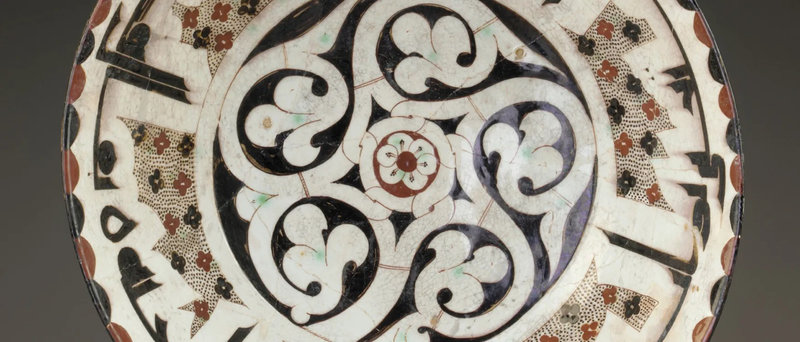
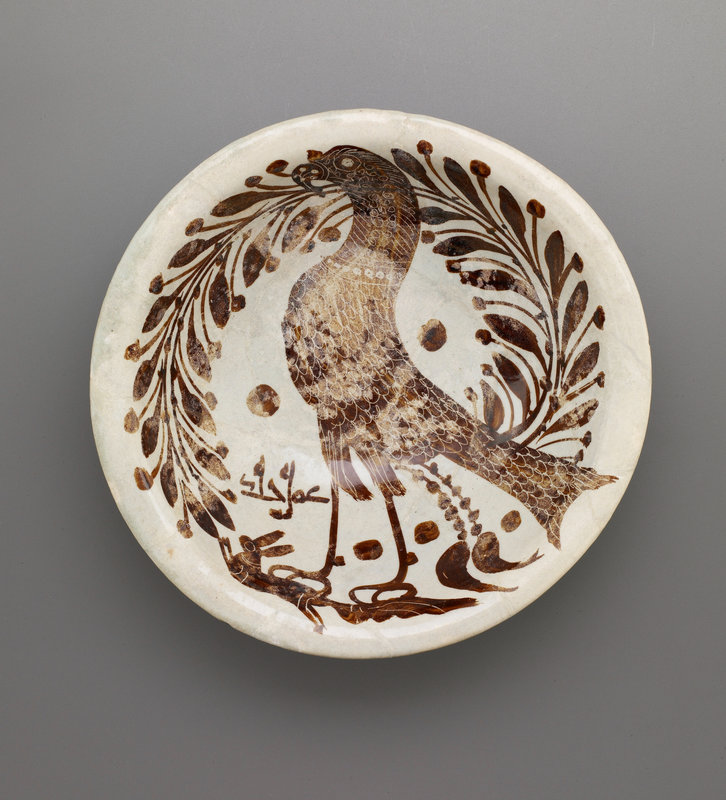


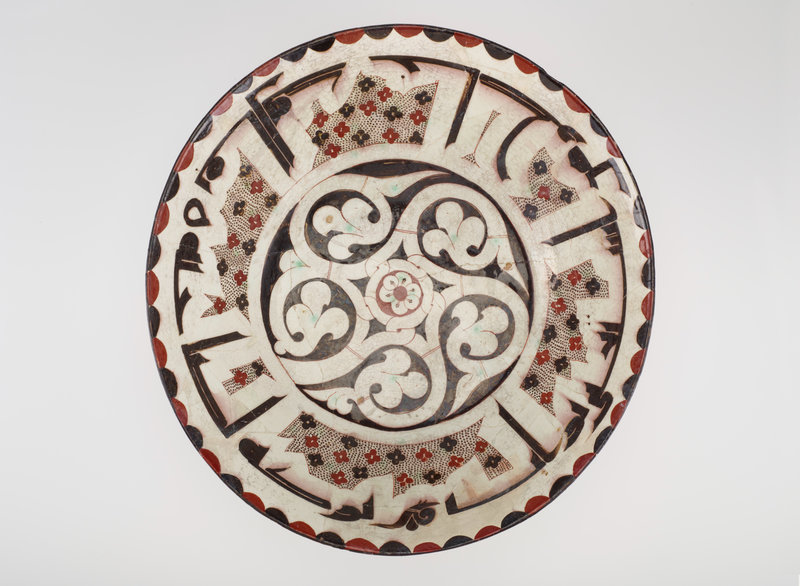

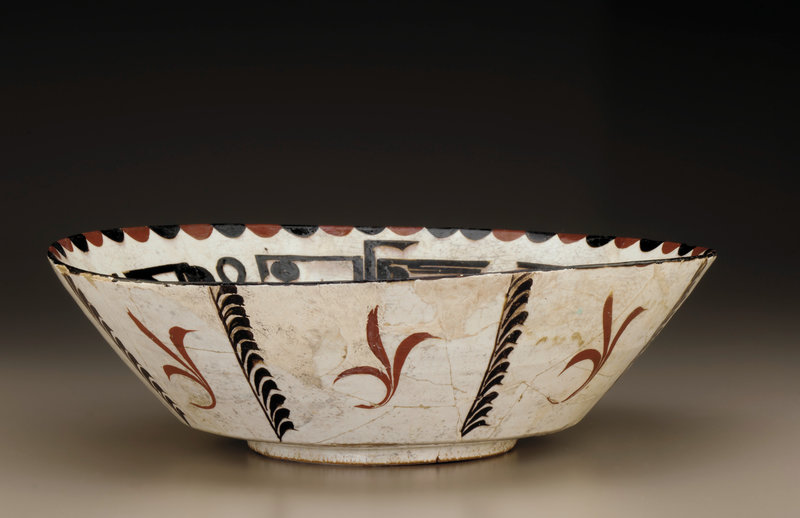
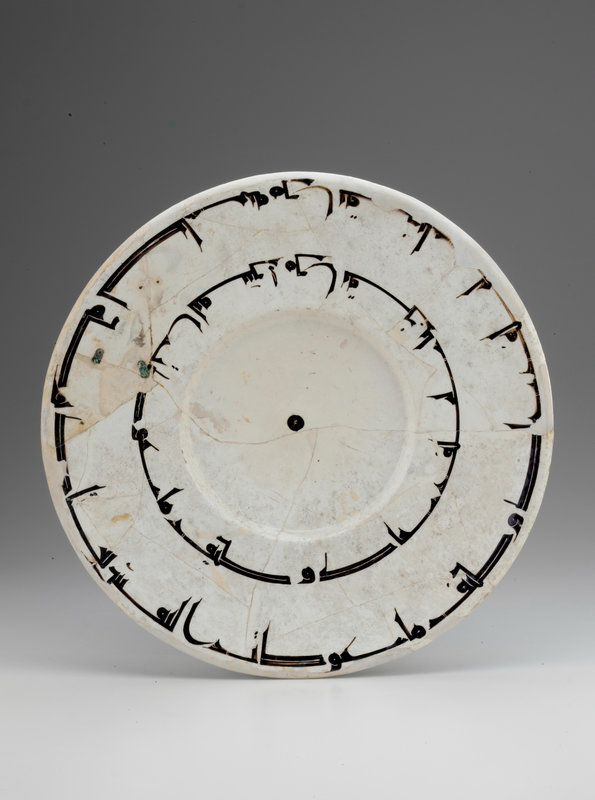
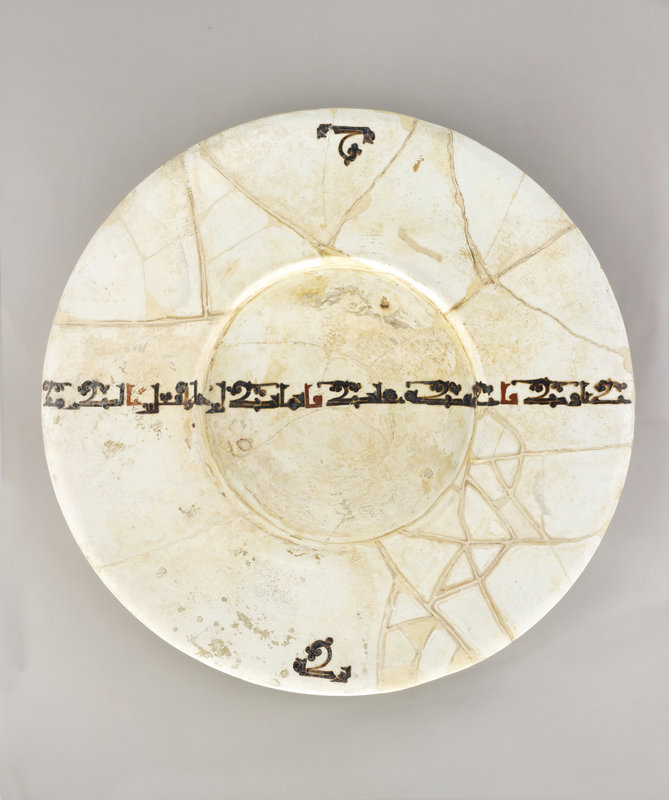

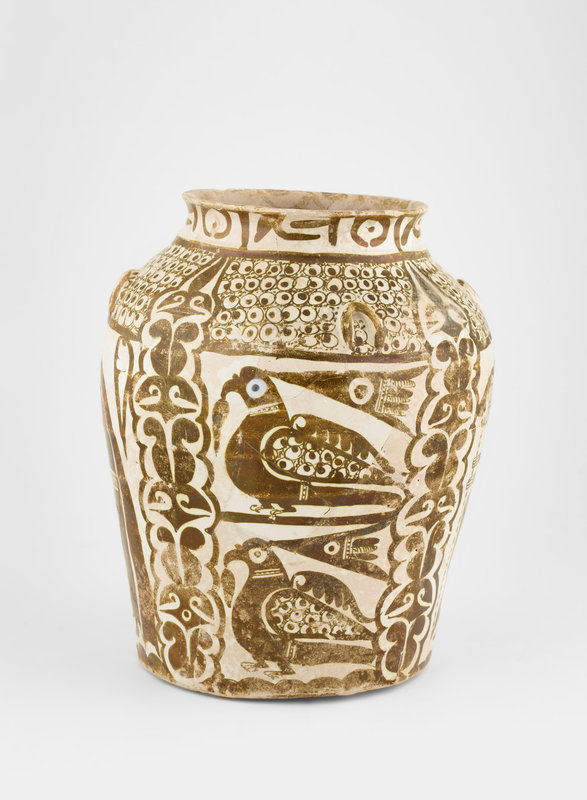
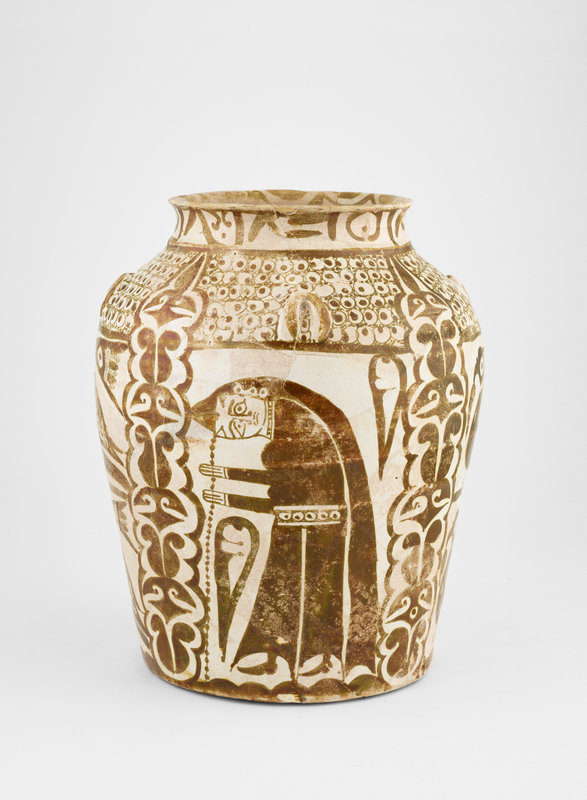
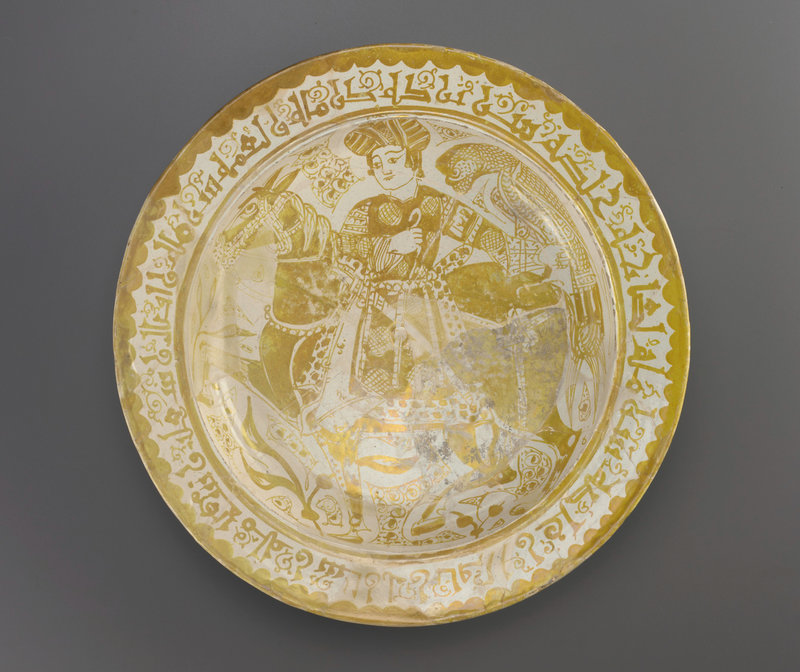


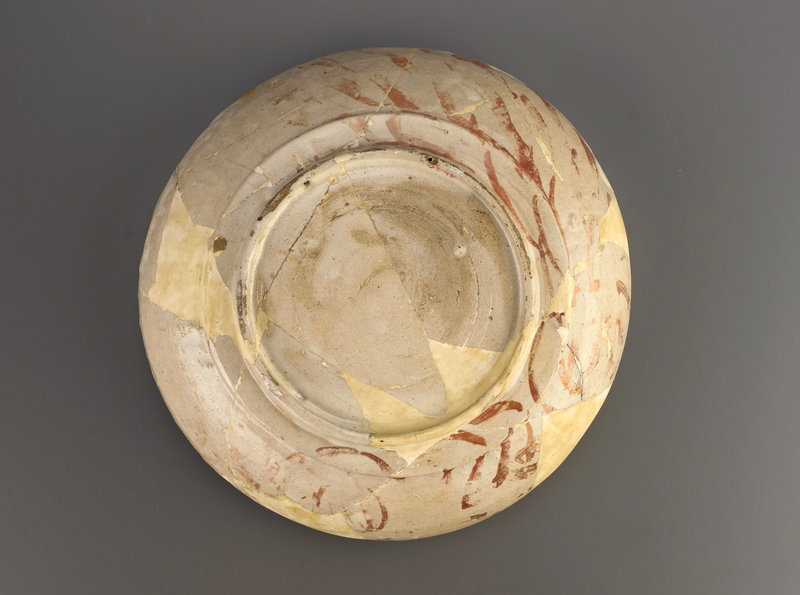

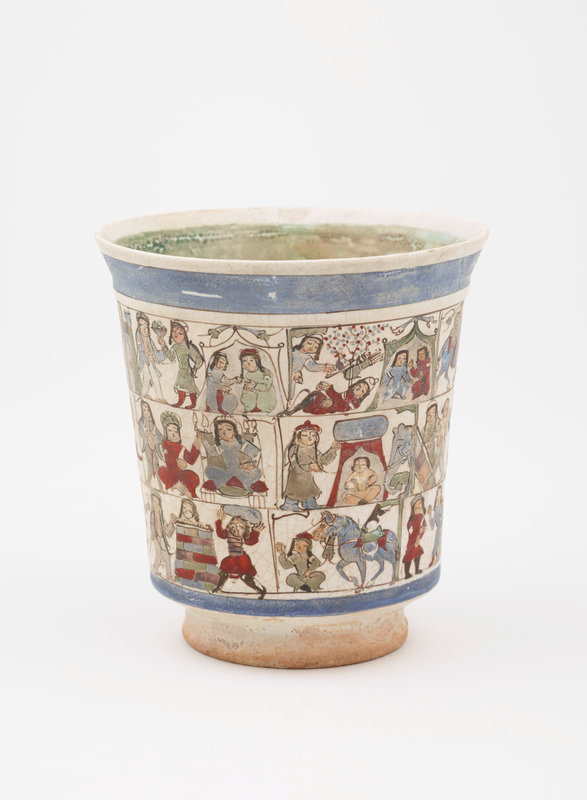
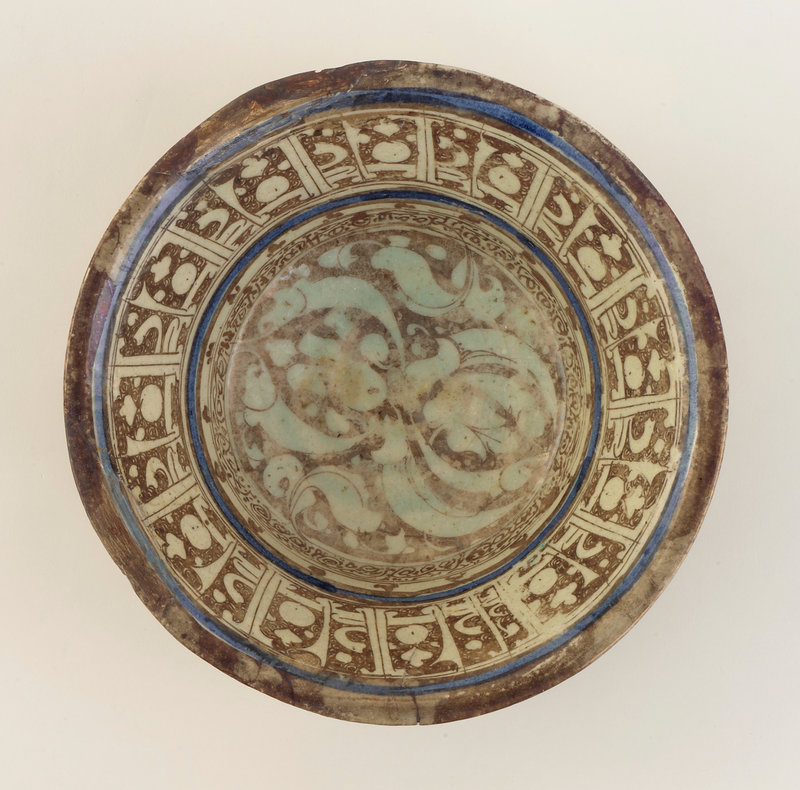


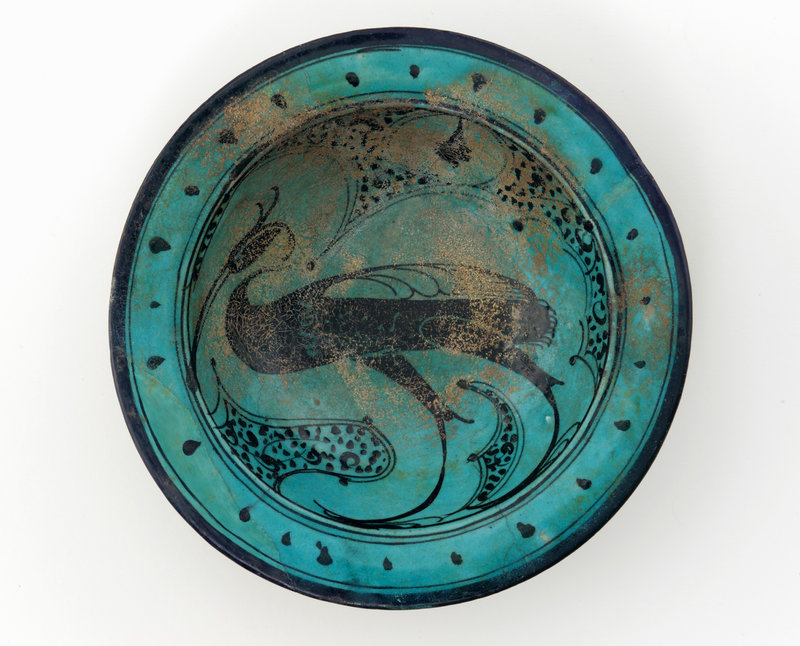

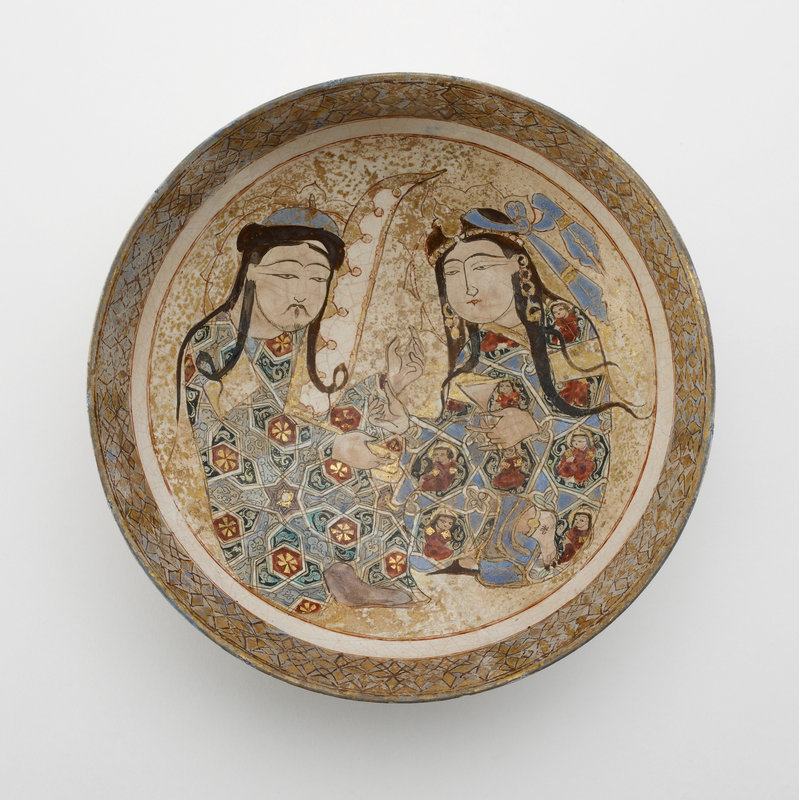

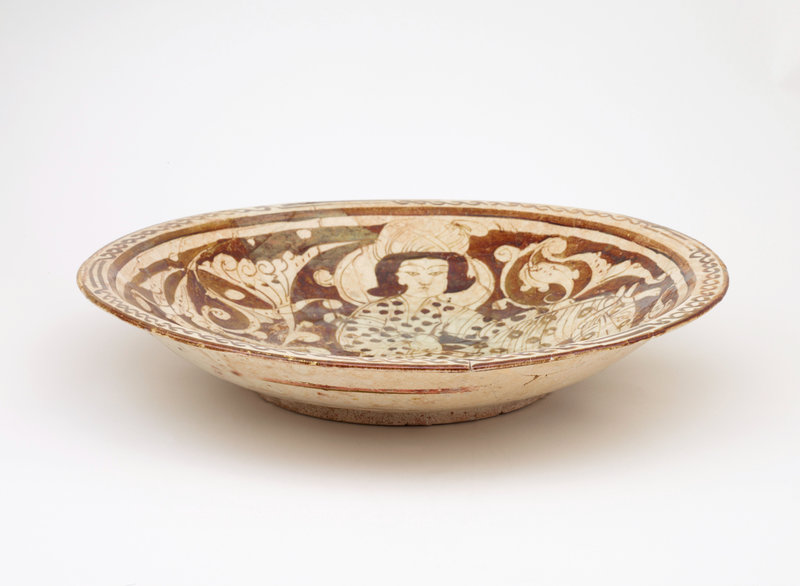
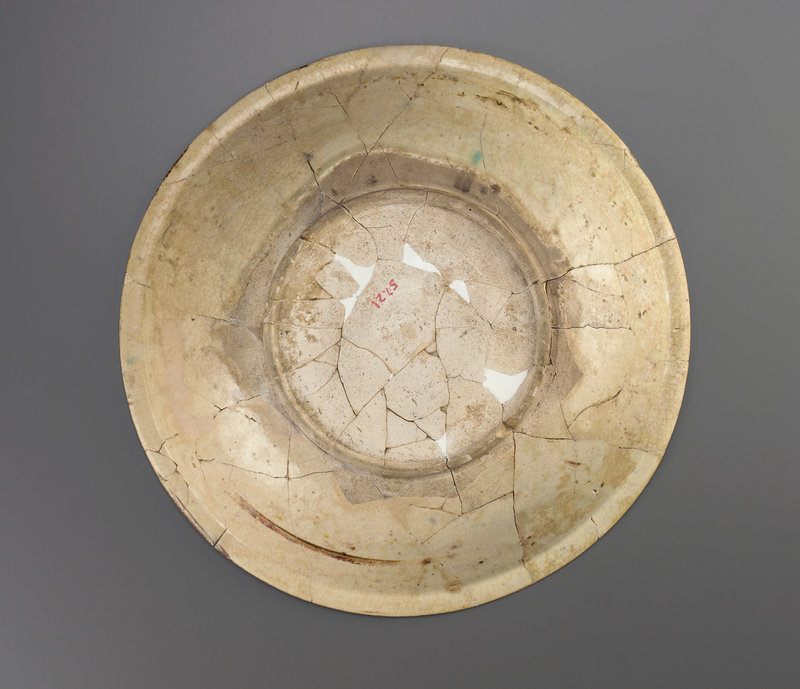
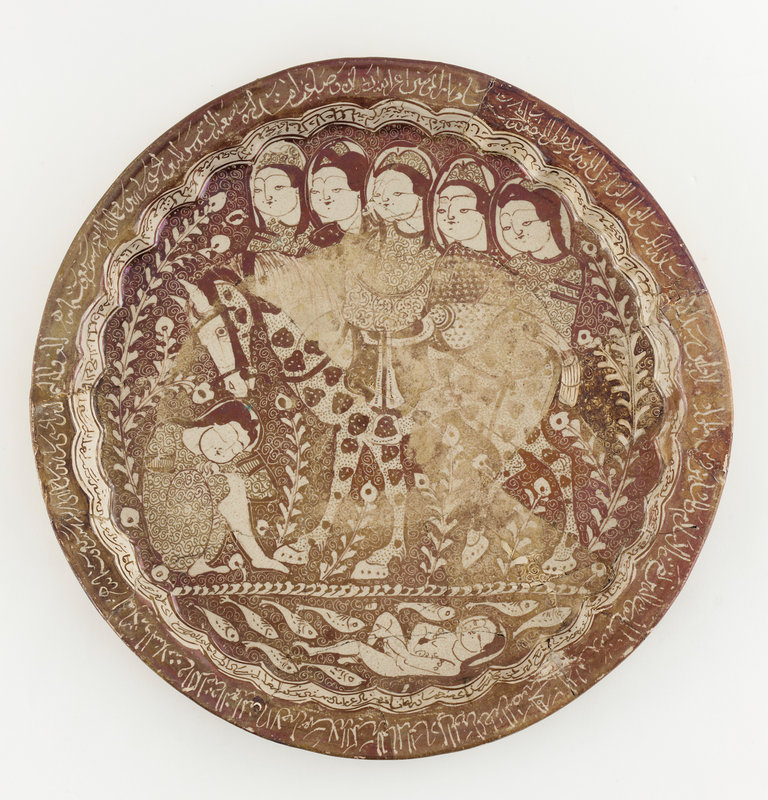
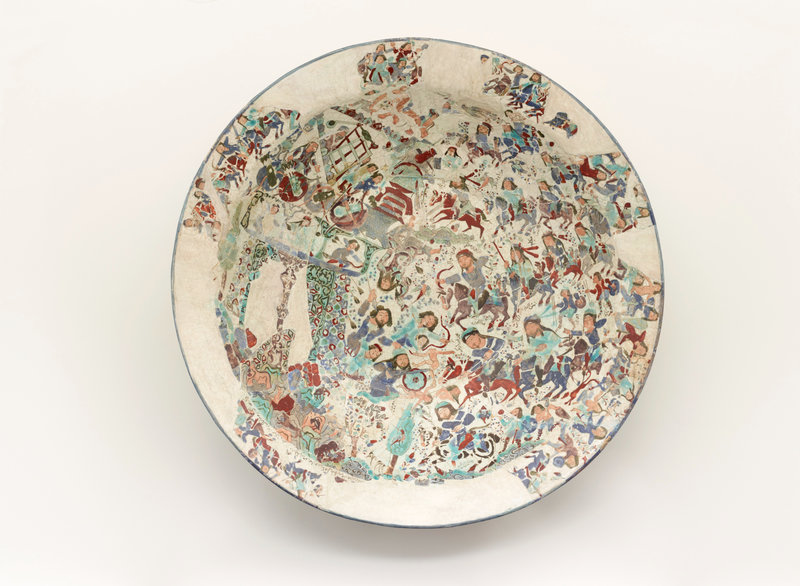


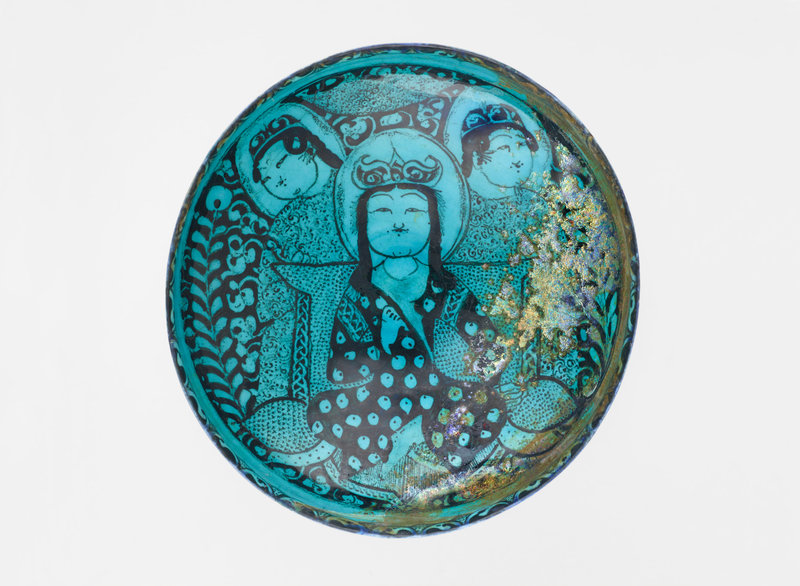

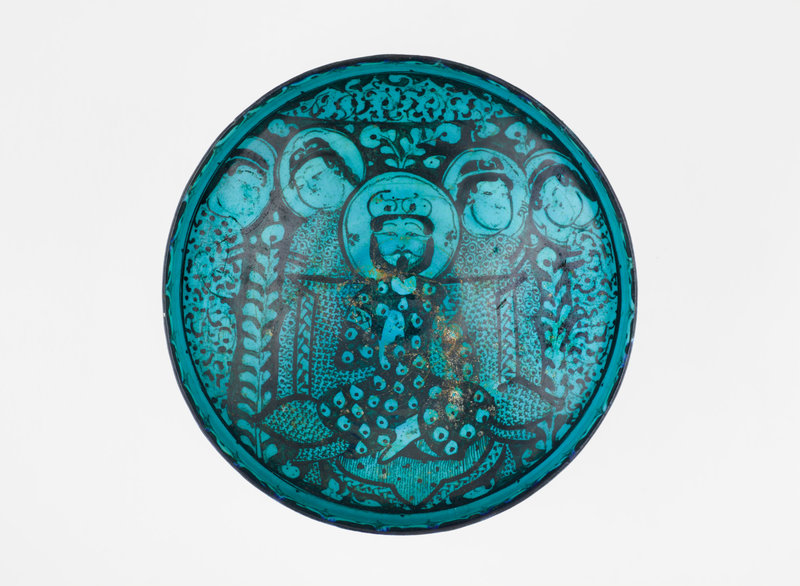

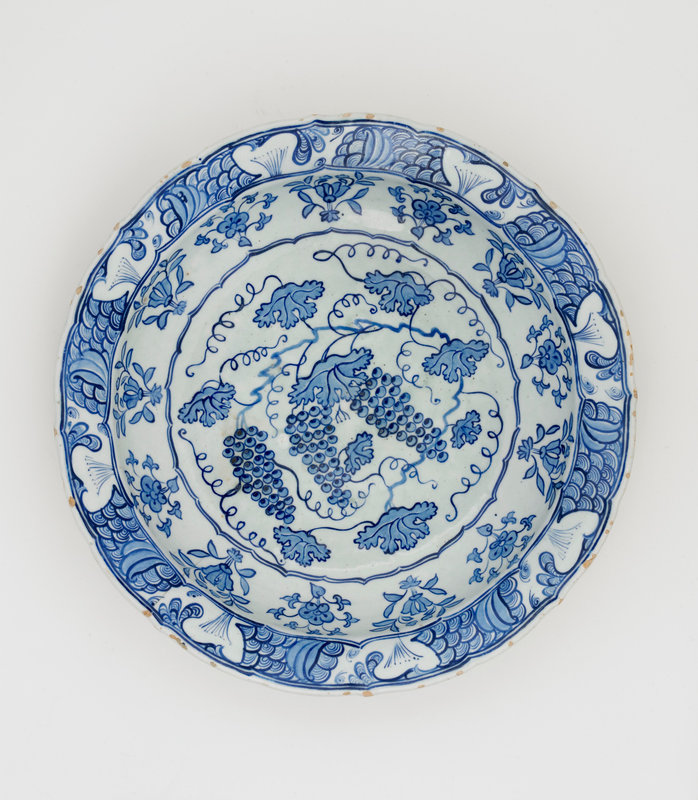

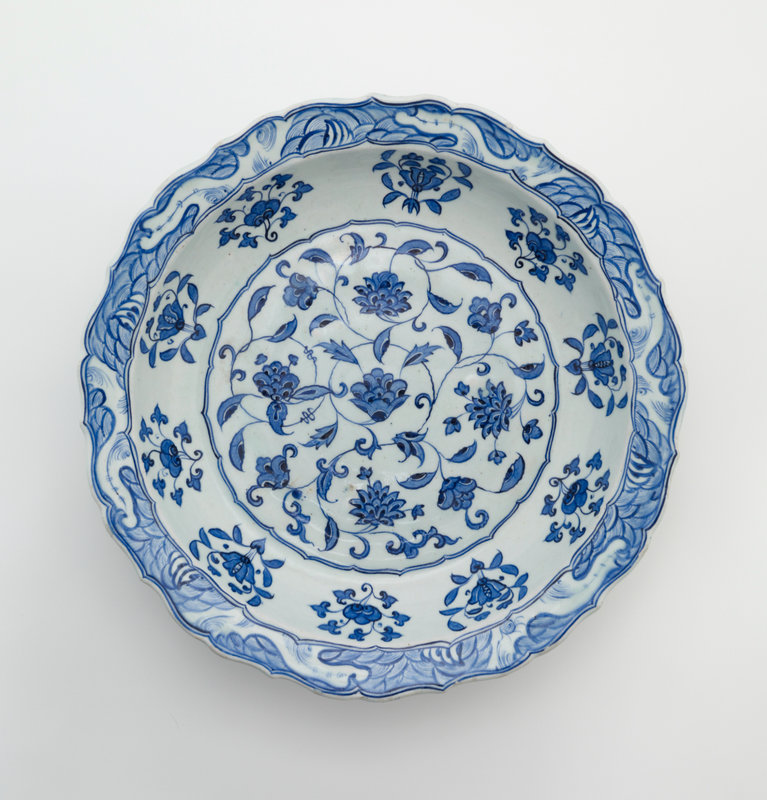

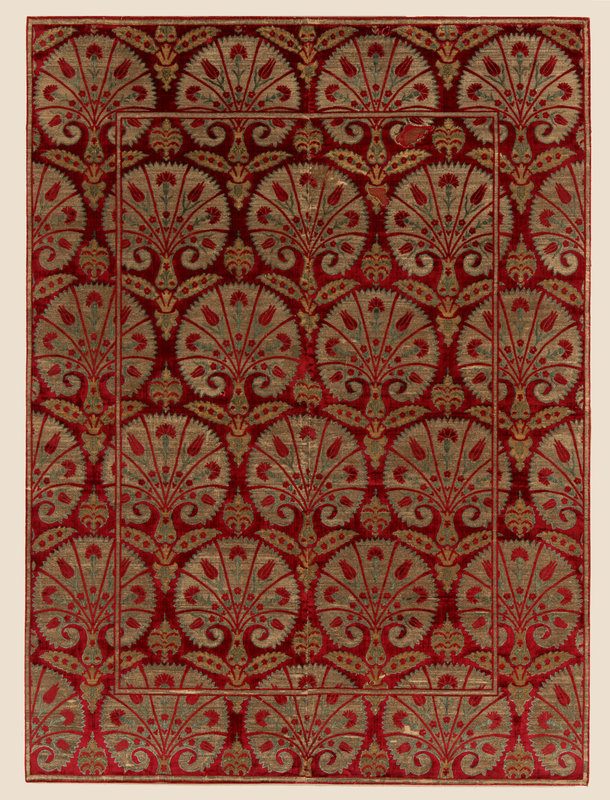
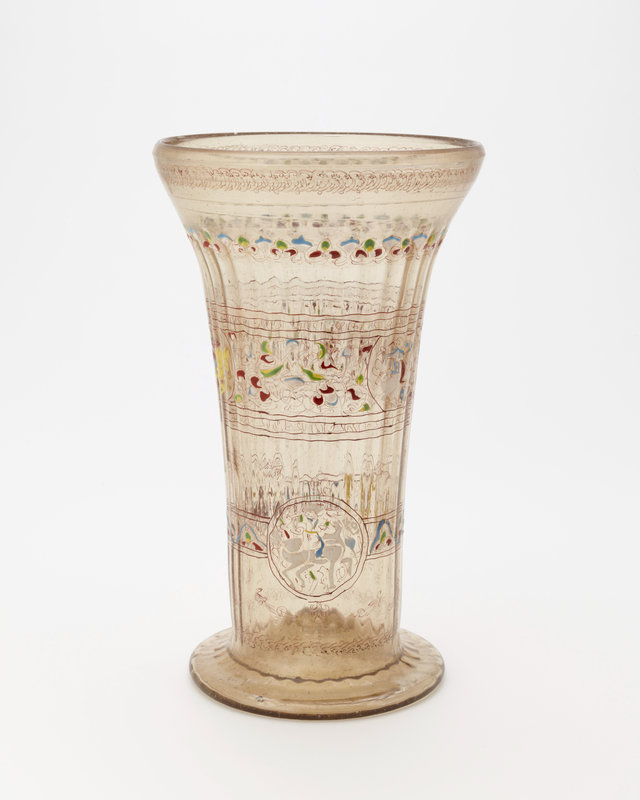
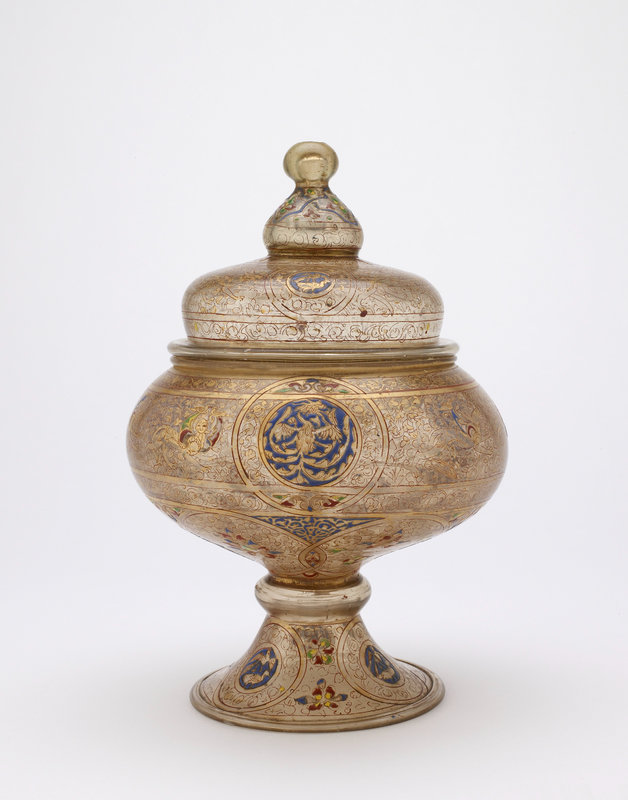
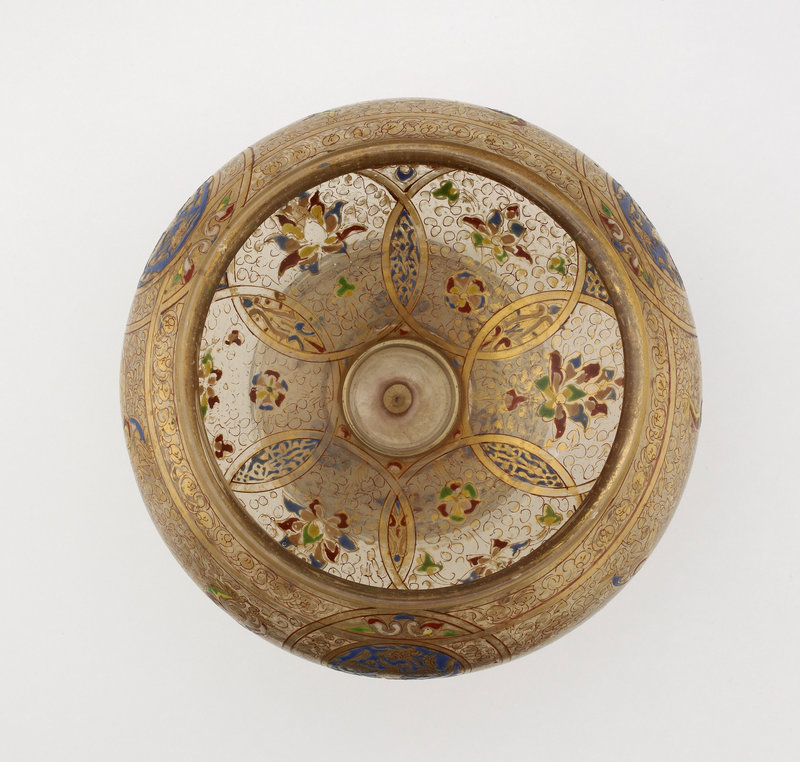
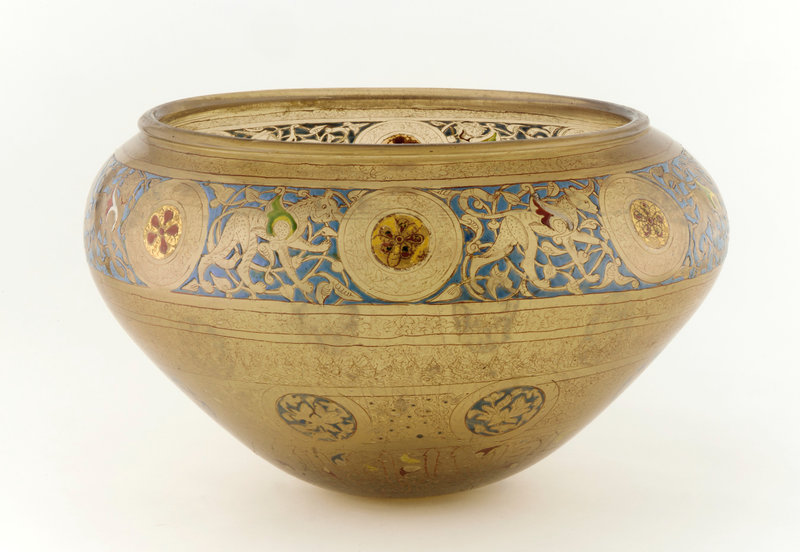
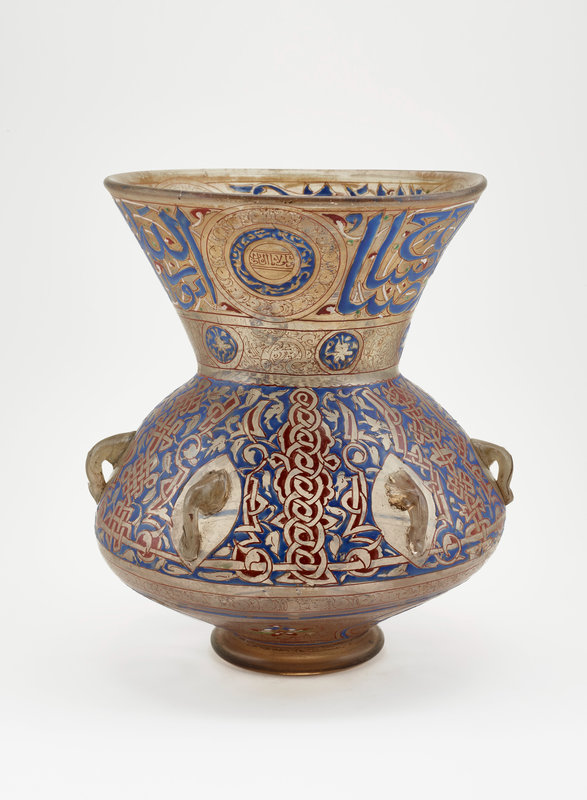
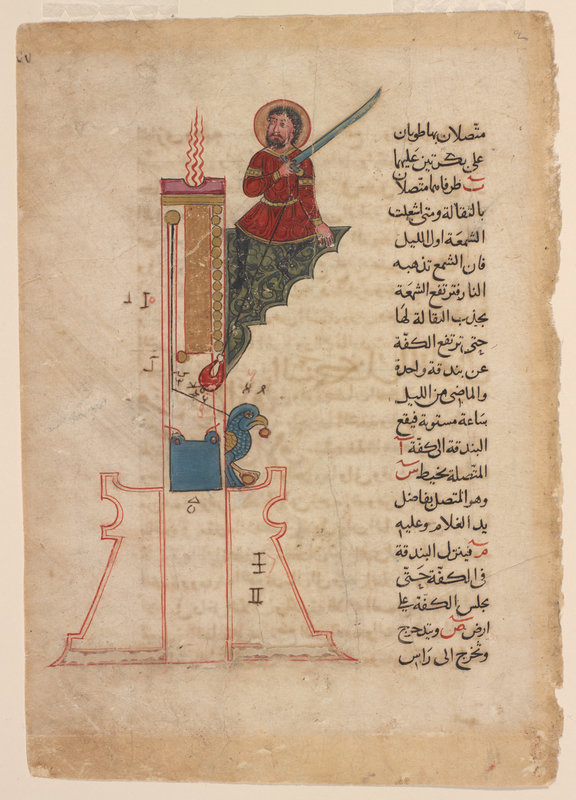
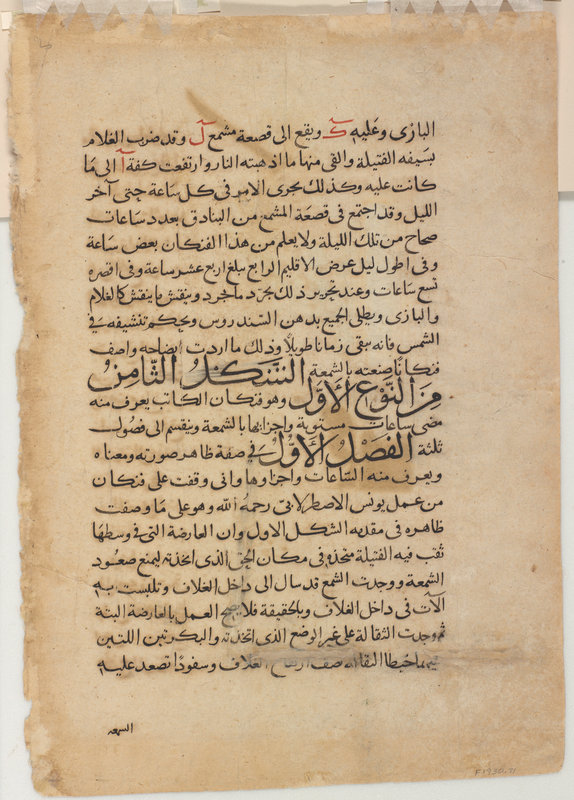


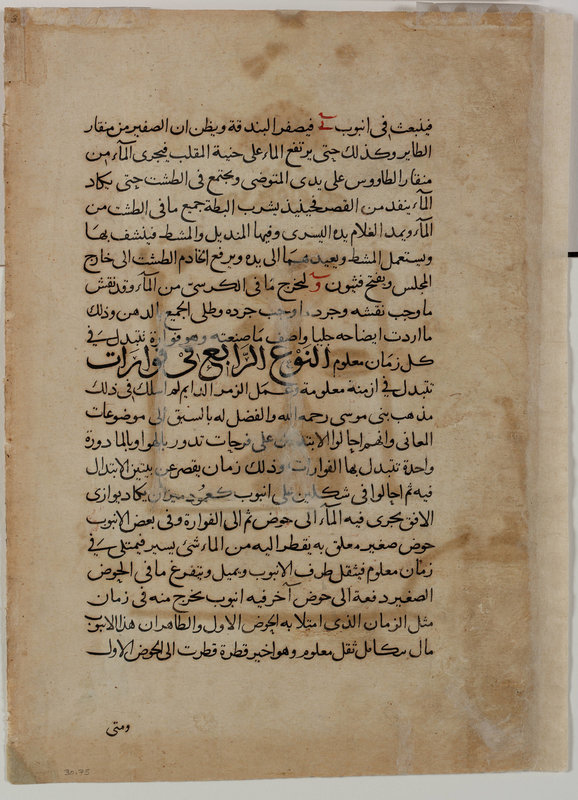
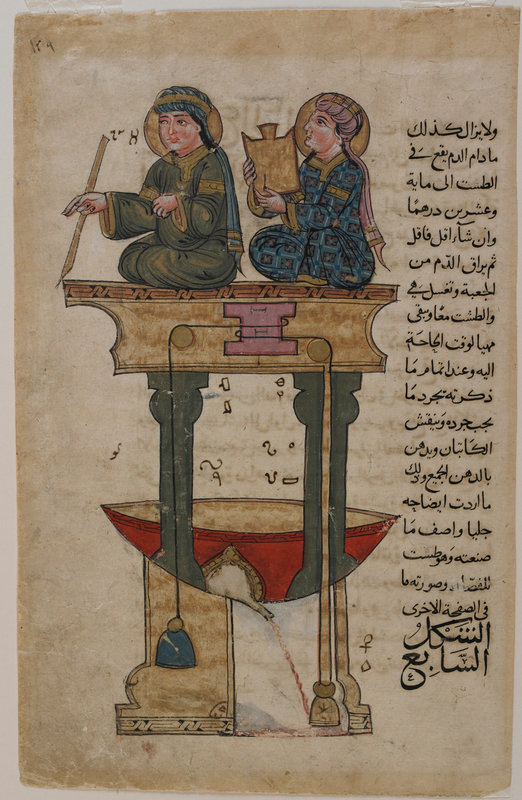
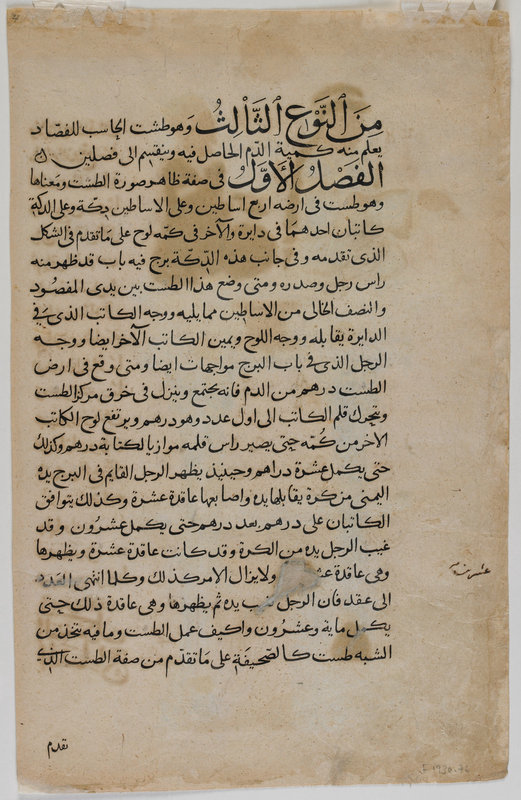
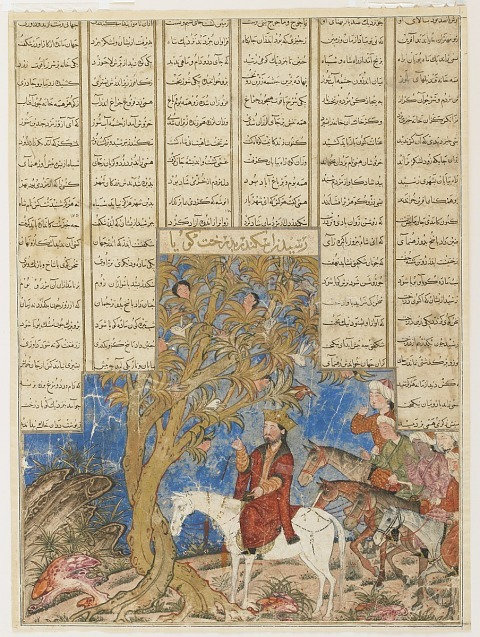
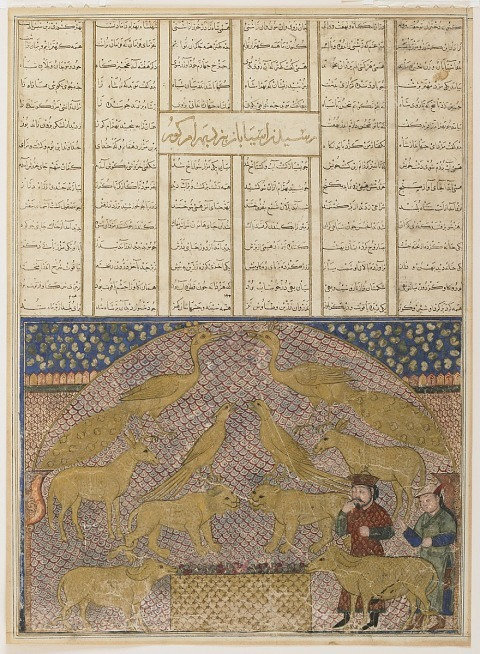
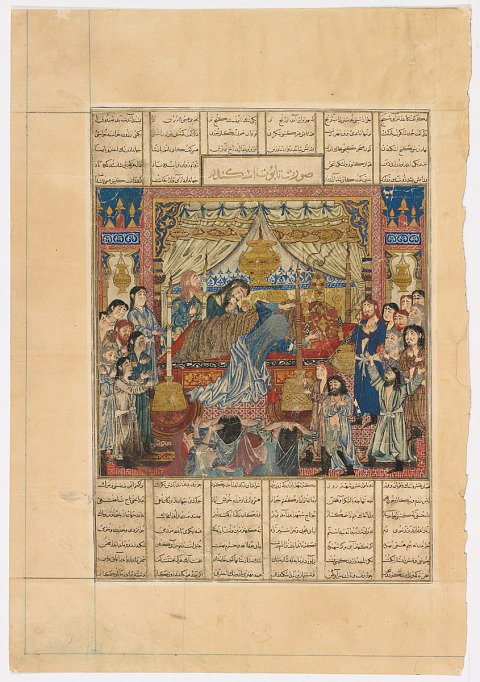
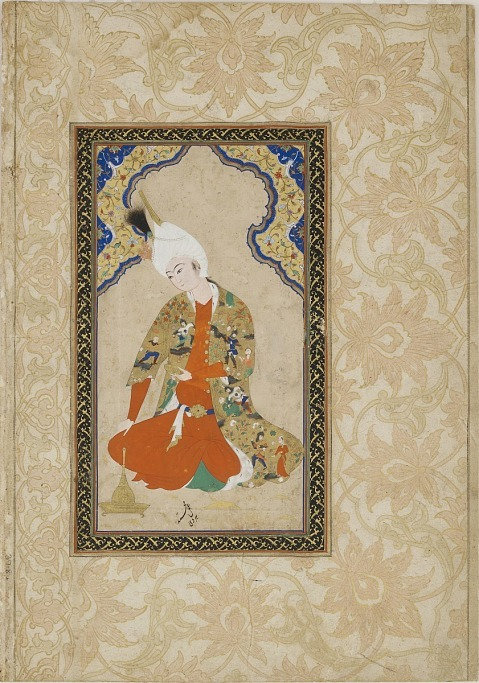
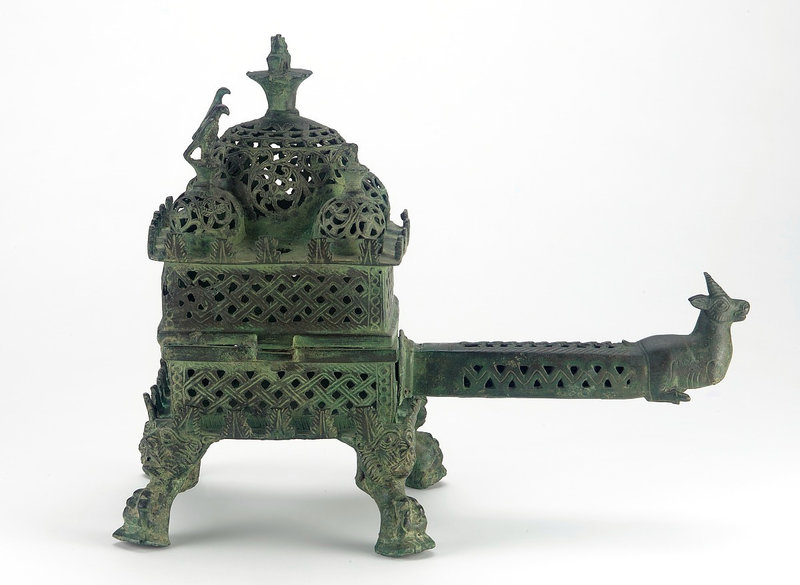

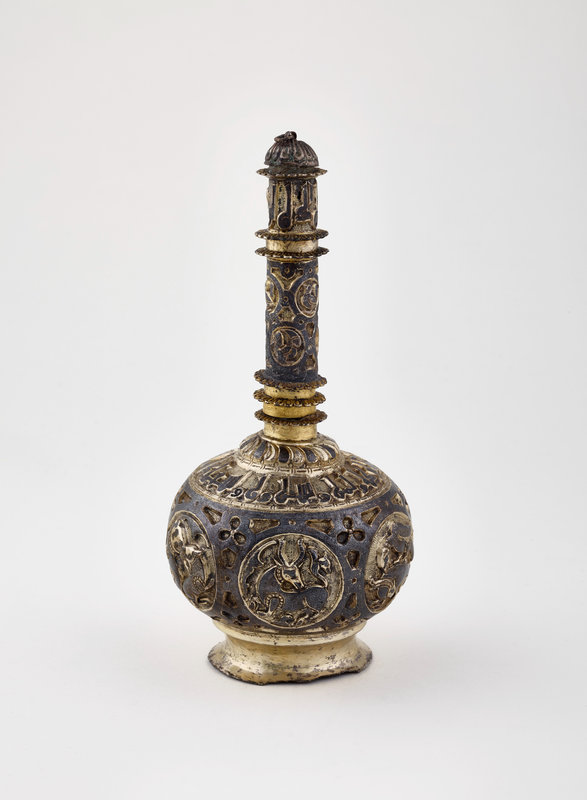
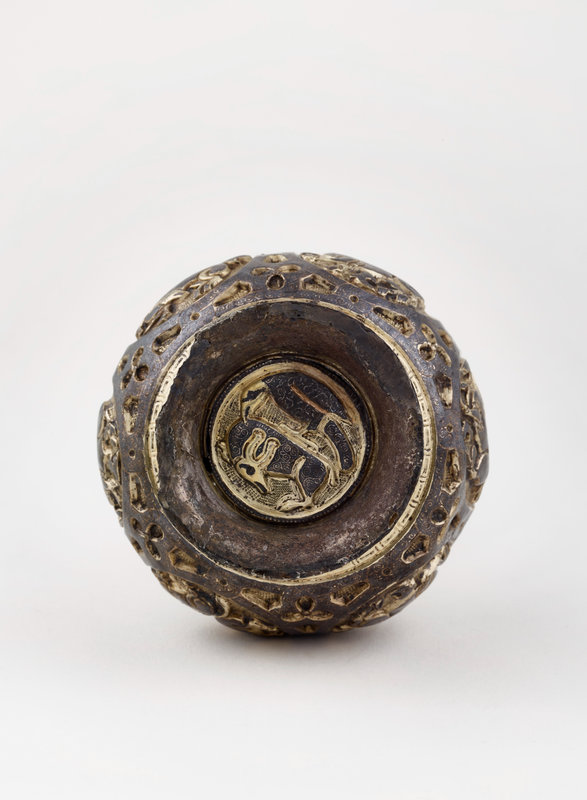



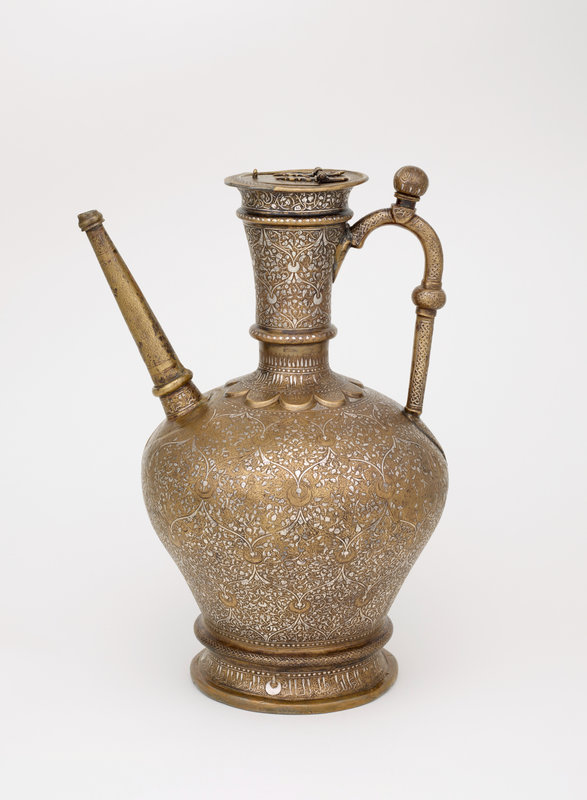


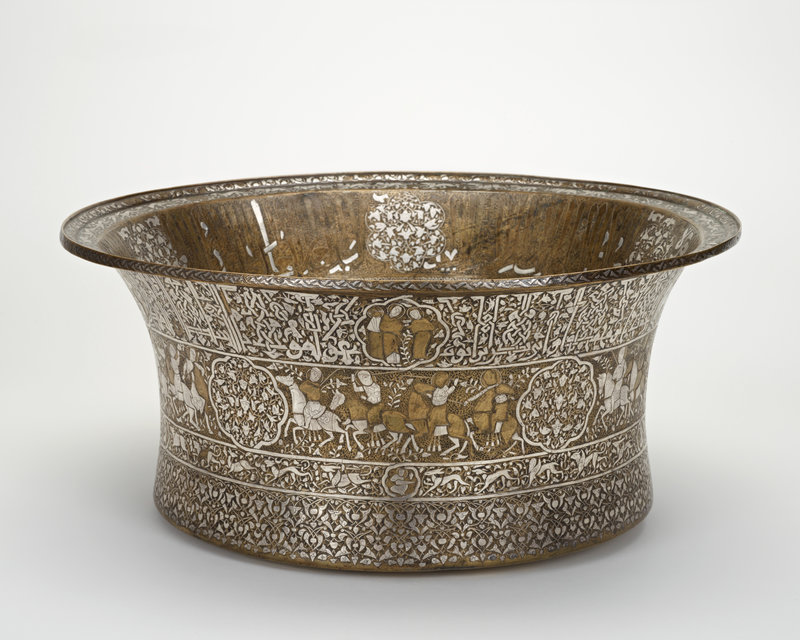
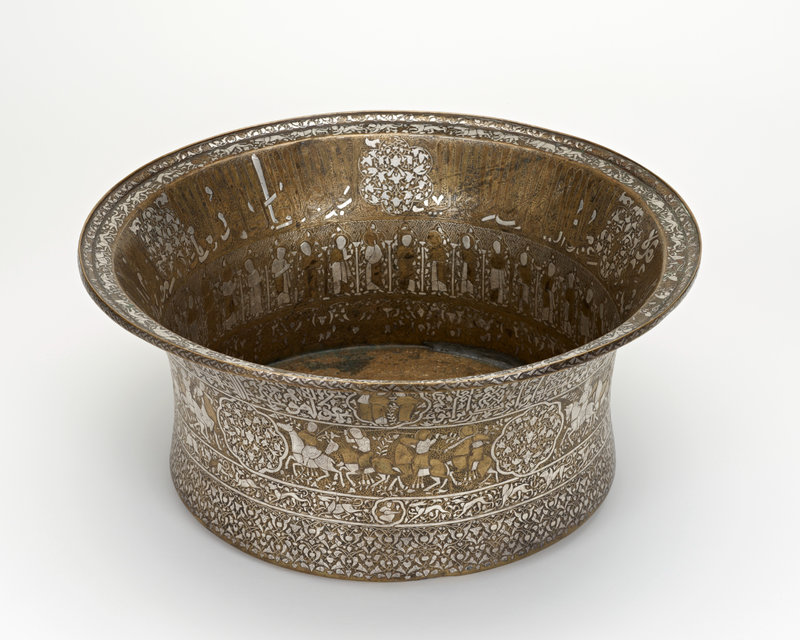

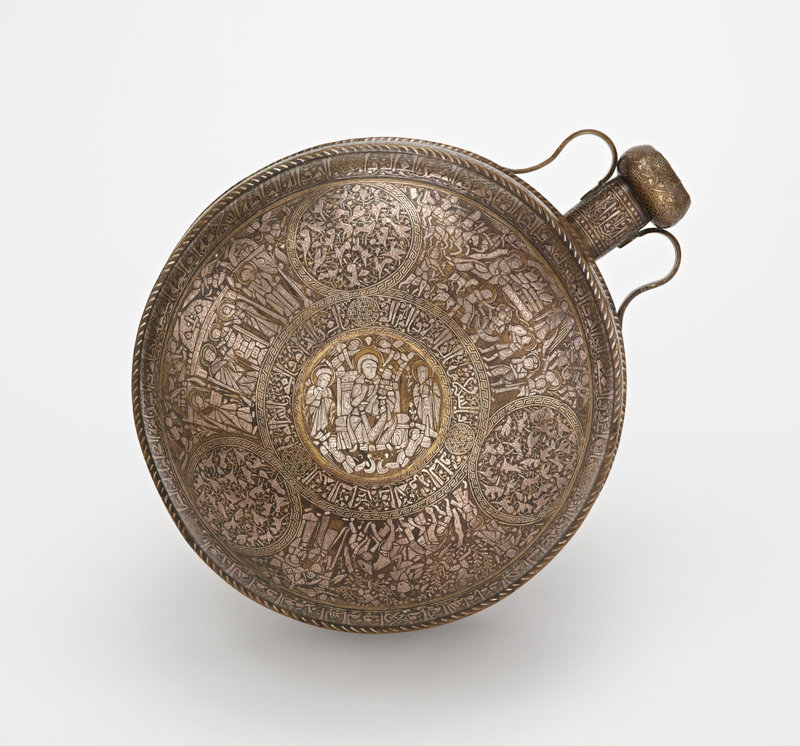

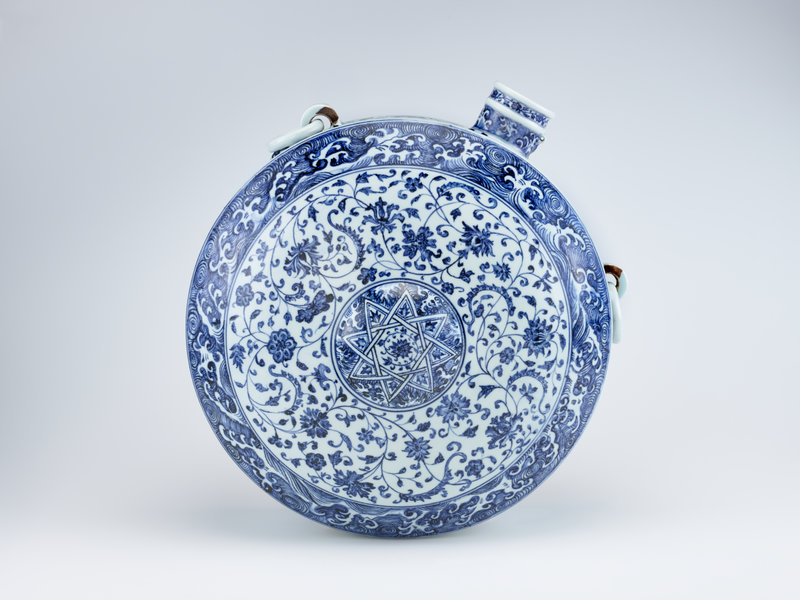
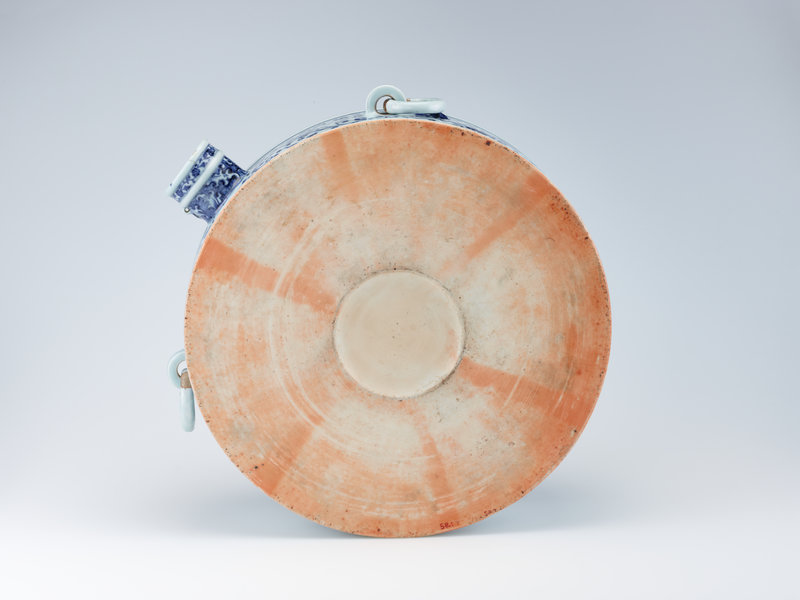
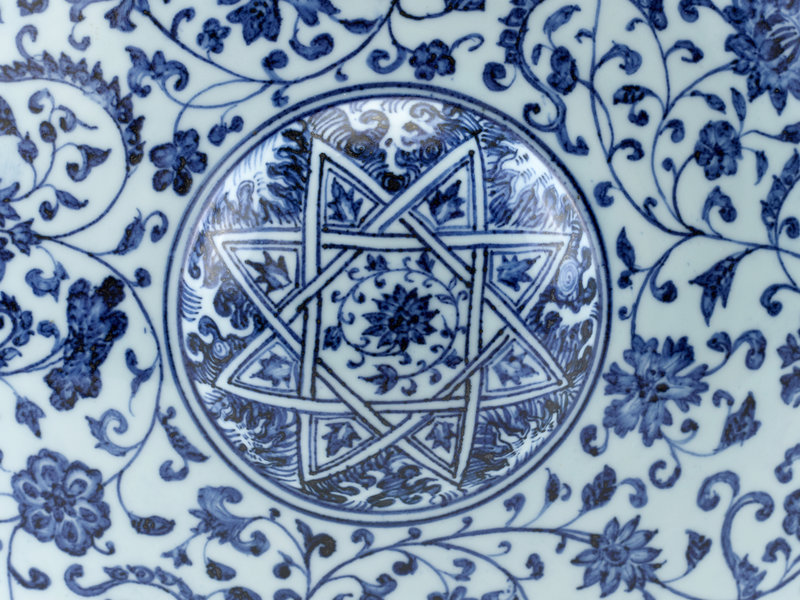
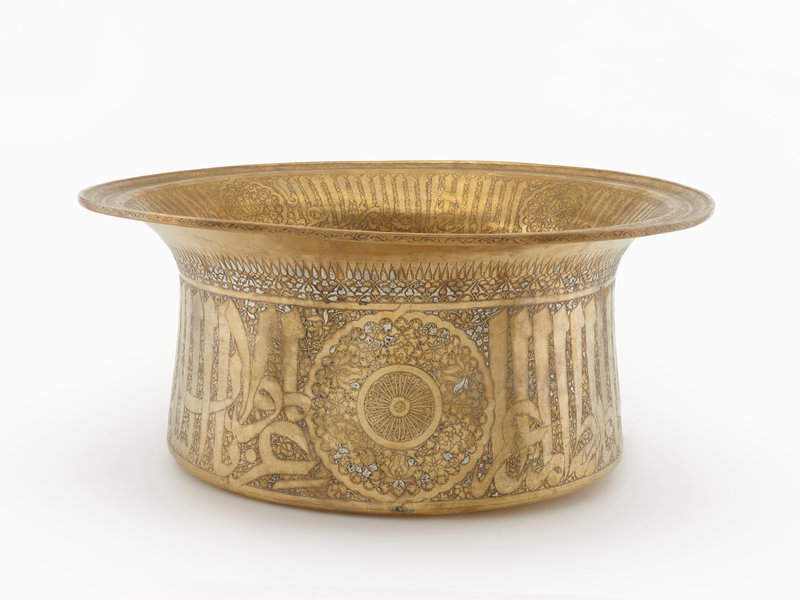
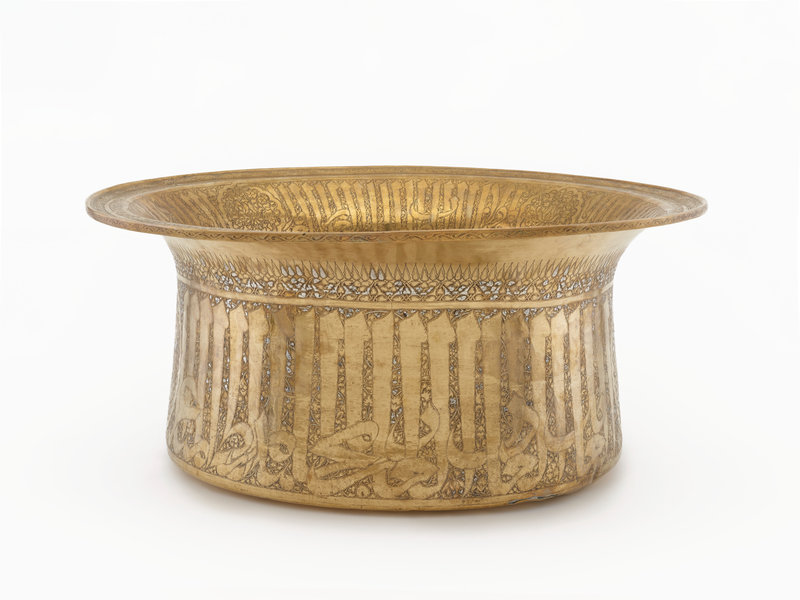
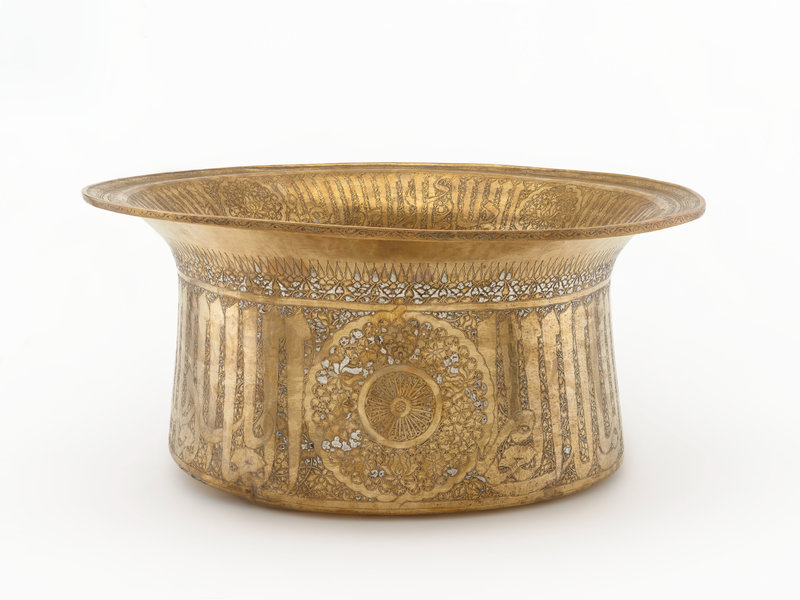
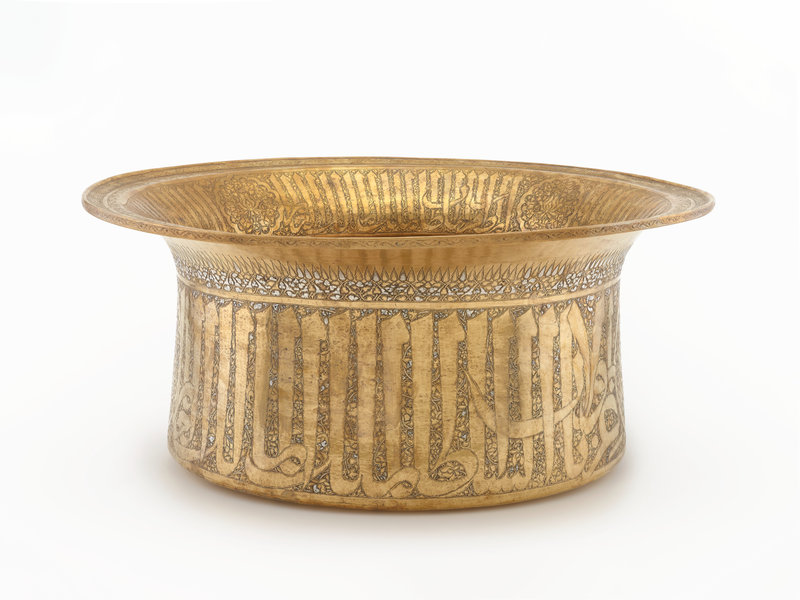

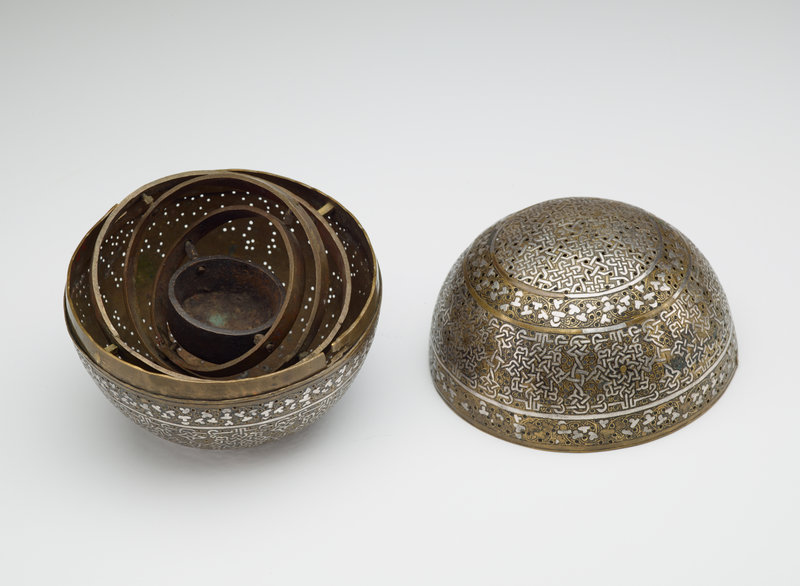
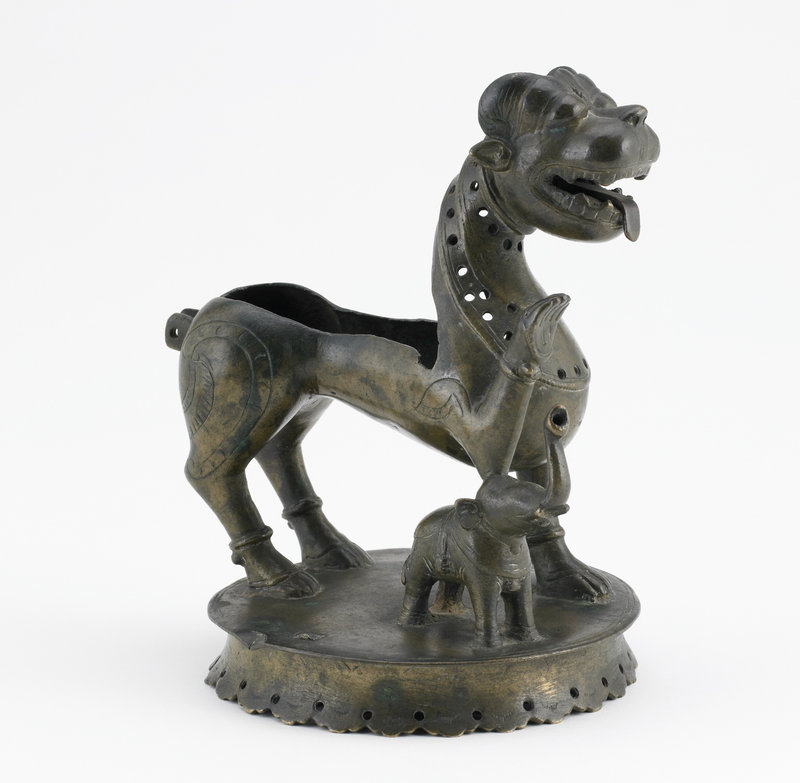
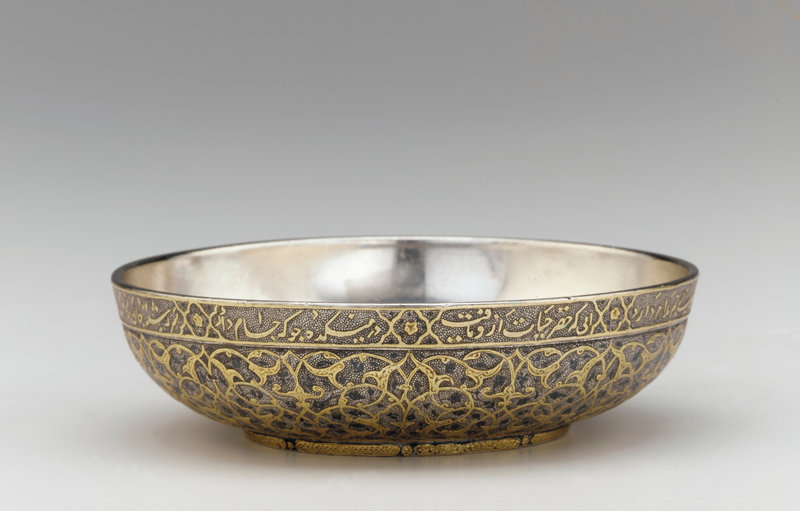
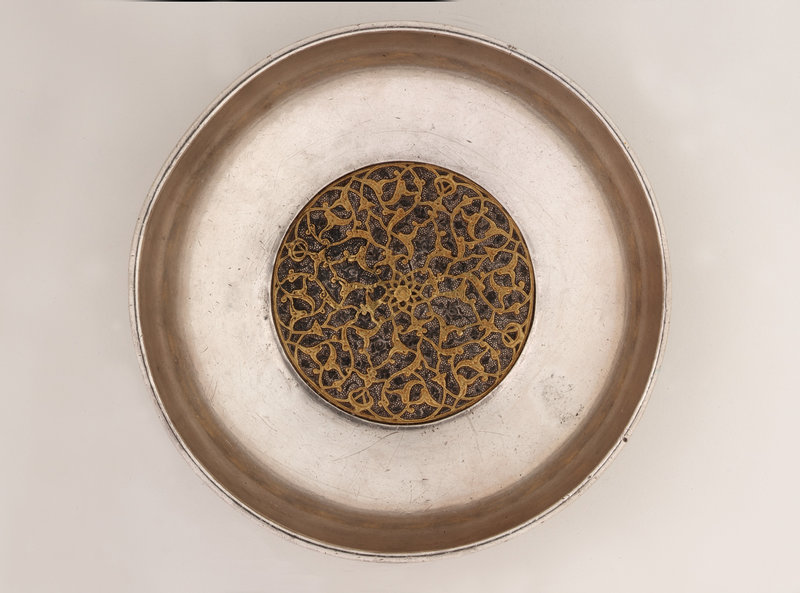
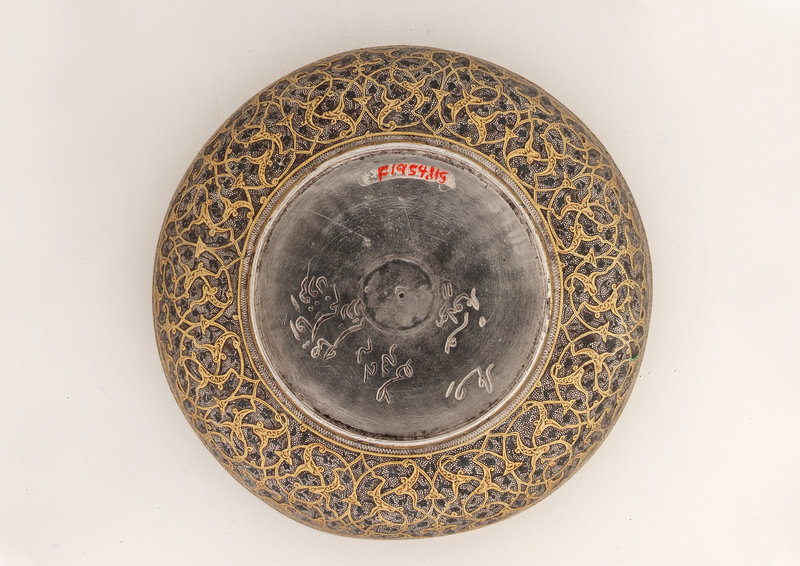
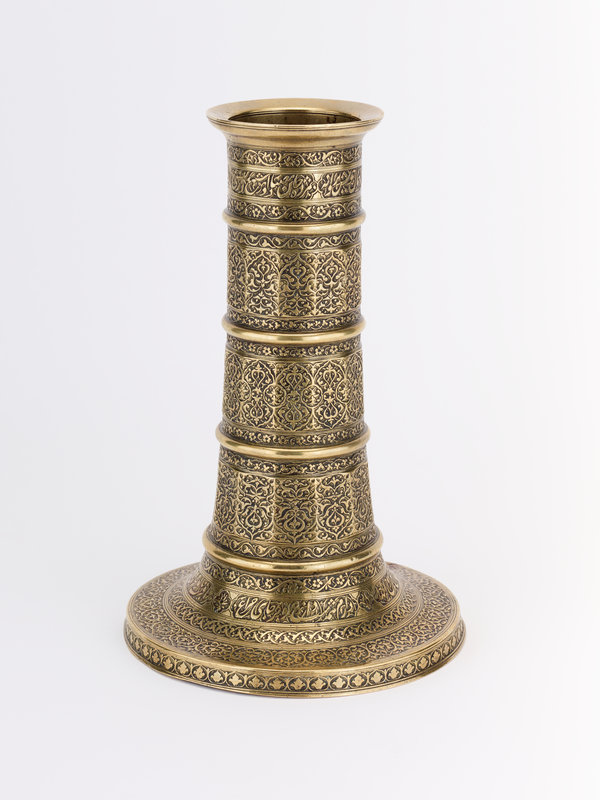

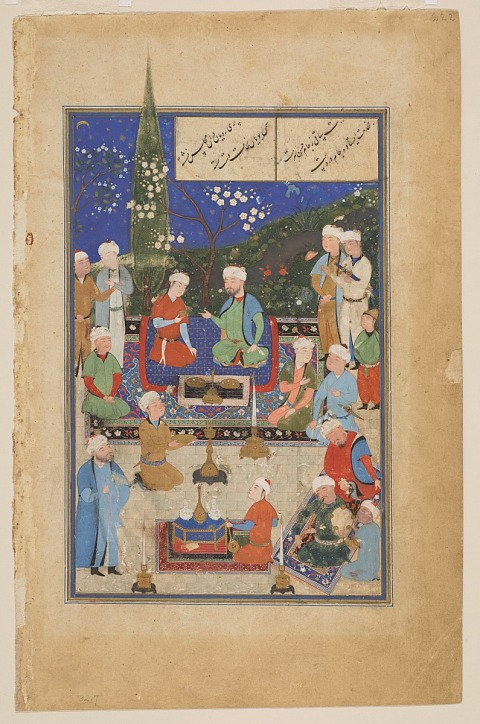
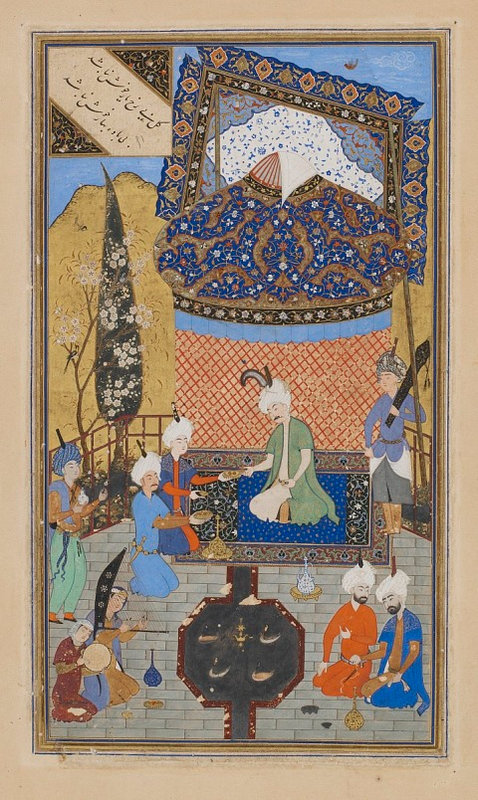
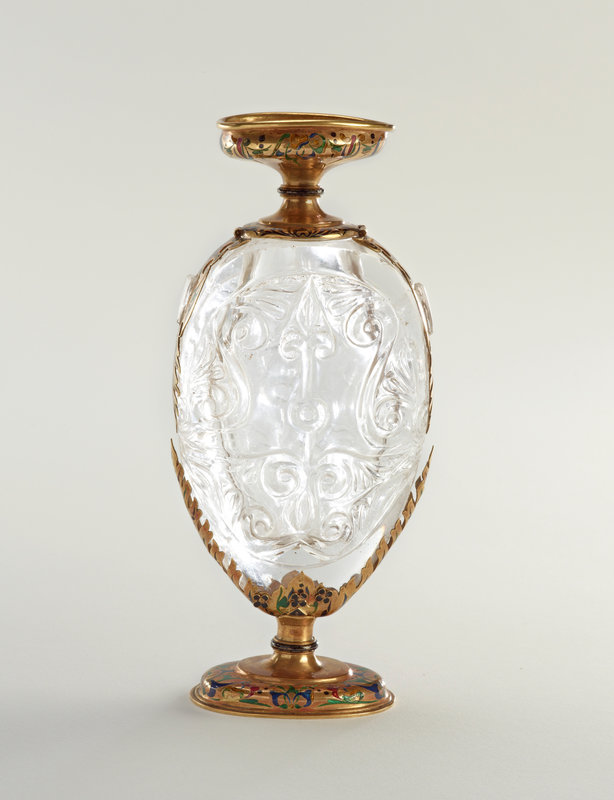


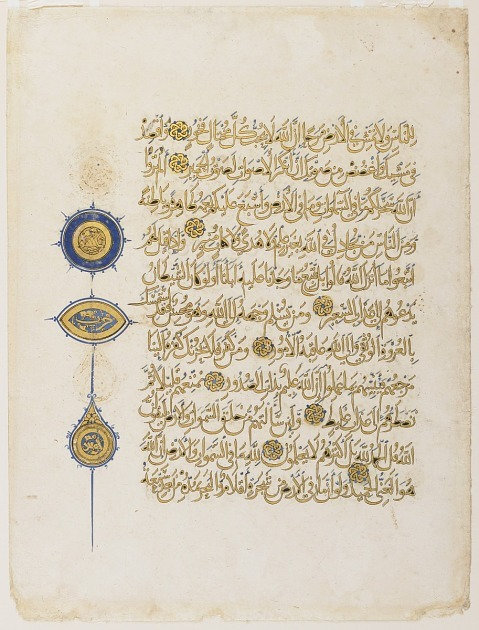
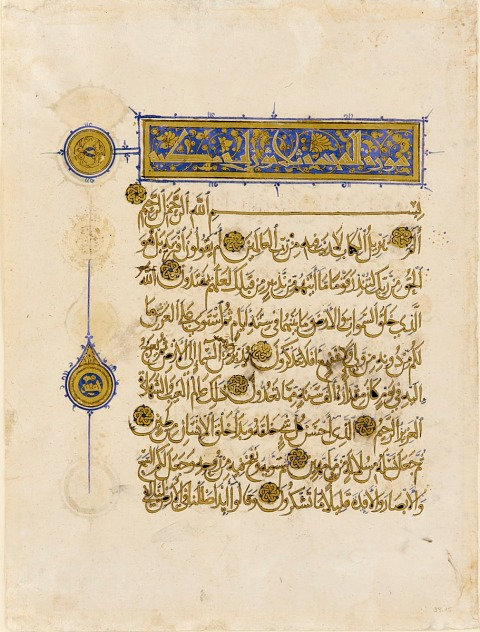




/http%3A%2F%2Fstorage.canalblog.com%2F56%2F31%2F119589%2F128568509_o.jpg)
/http%3A%2F%2Fstorage.canalblog.com%2F63%2F14%2F119589%2F122505856_o.jpg)
/http%3A%2F%2Fstorage.canalblog.com%2F26%2F89%2F119589%2F112641742_o.jpg)
/http%3A%2F%2Fstorage.canalblog.com%2F20%2F70%2F119589%2F110137002_o.jpg)